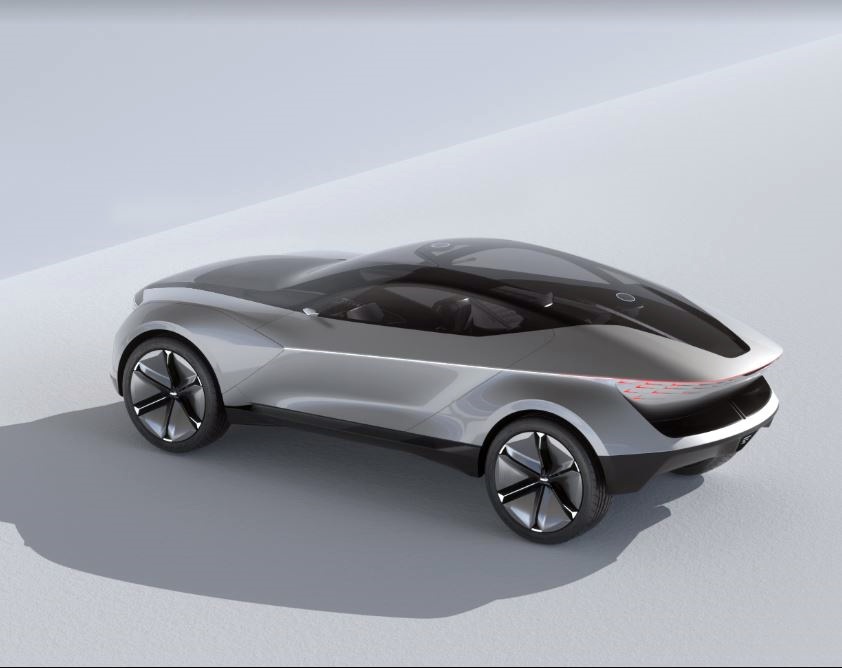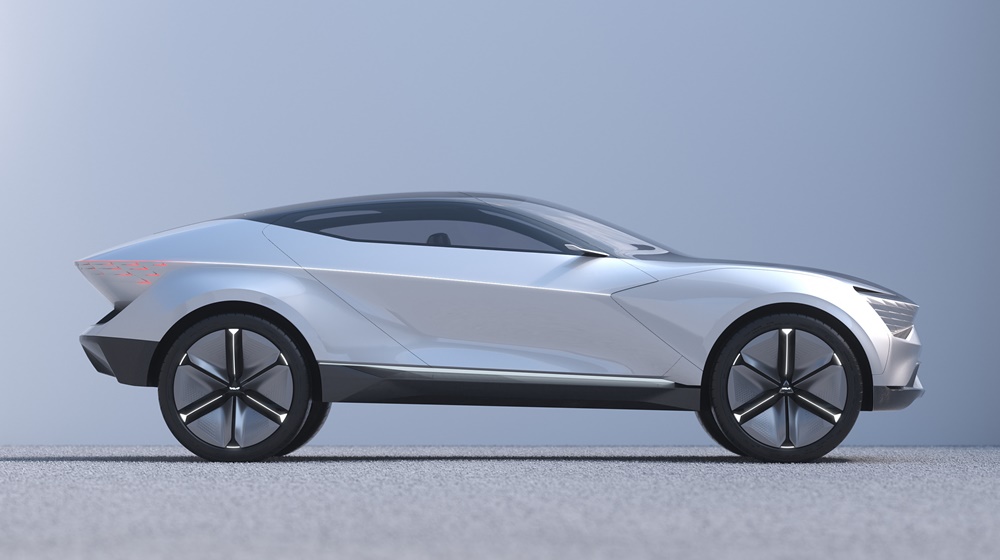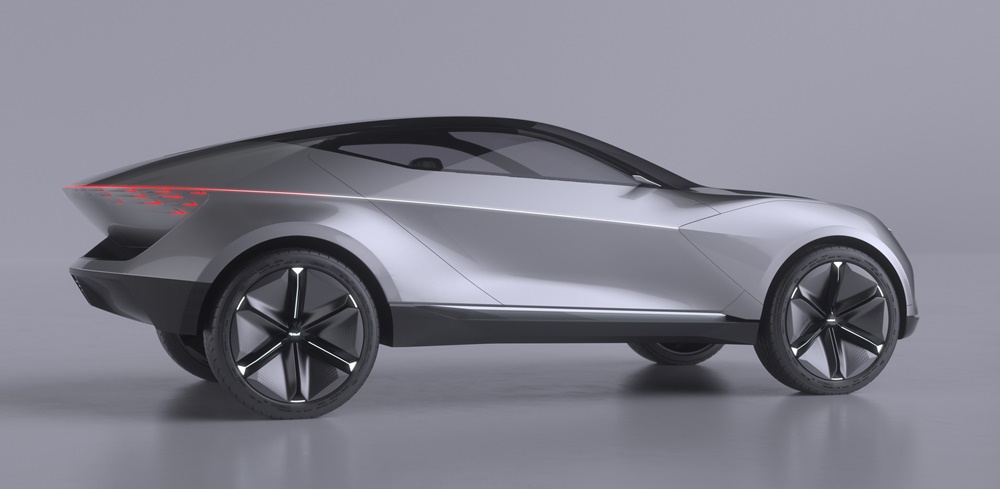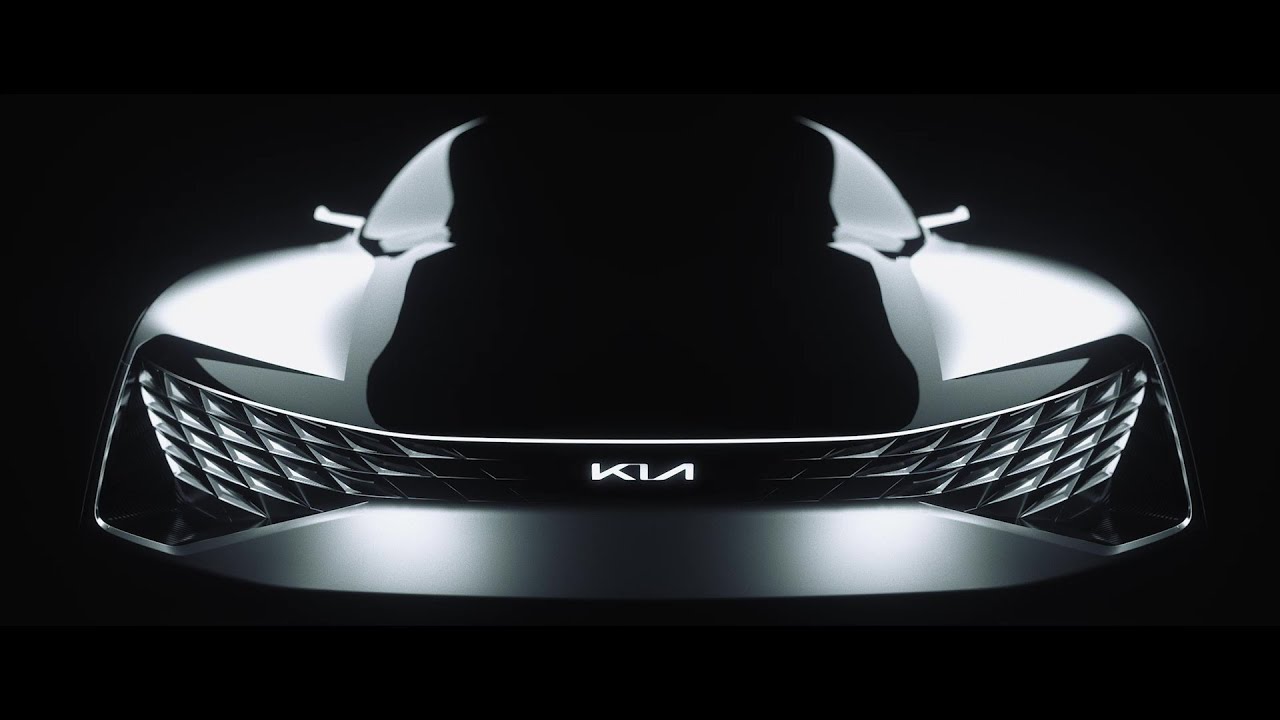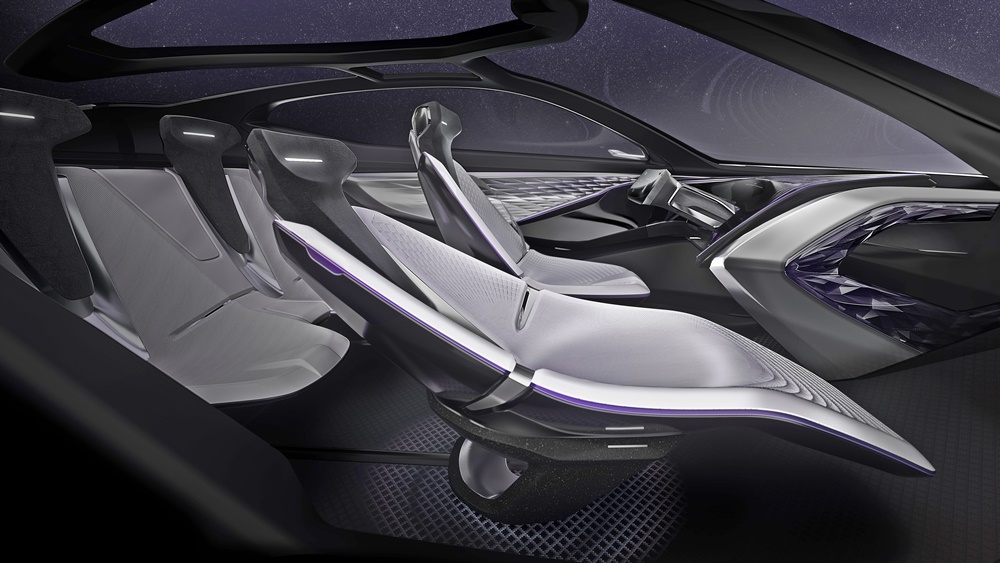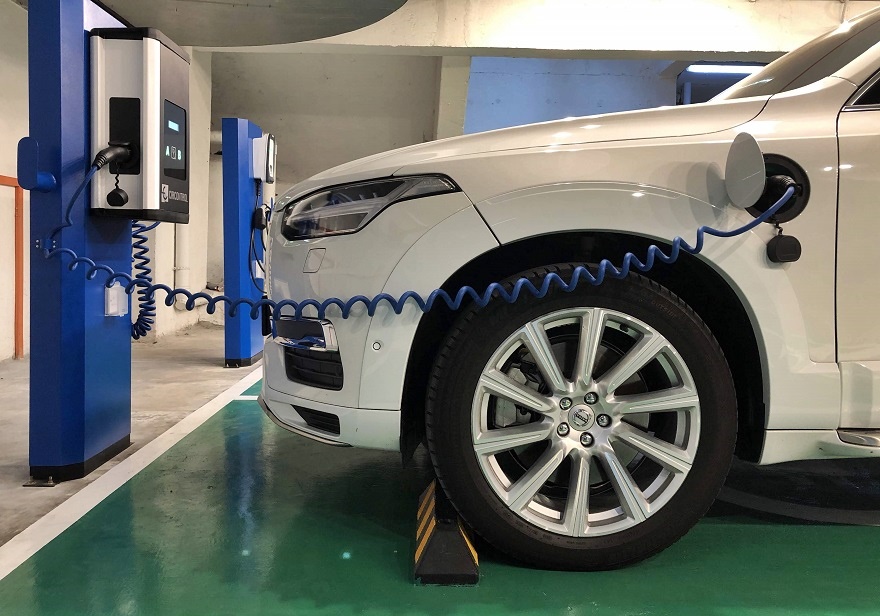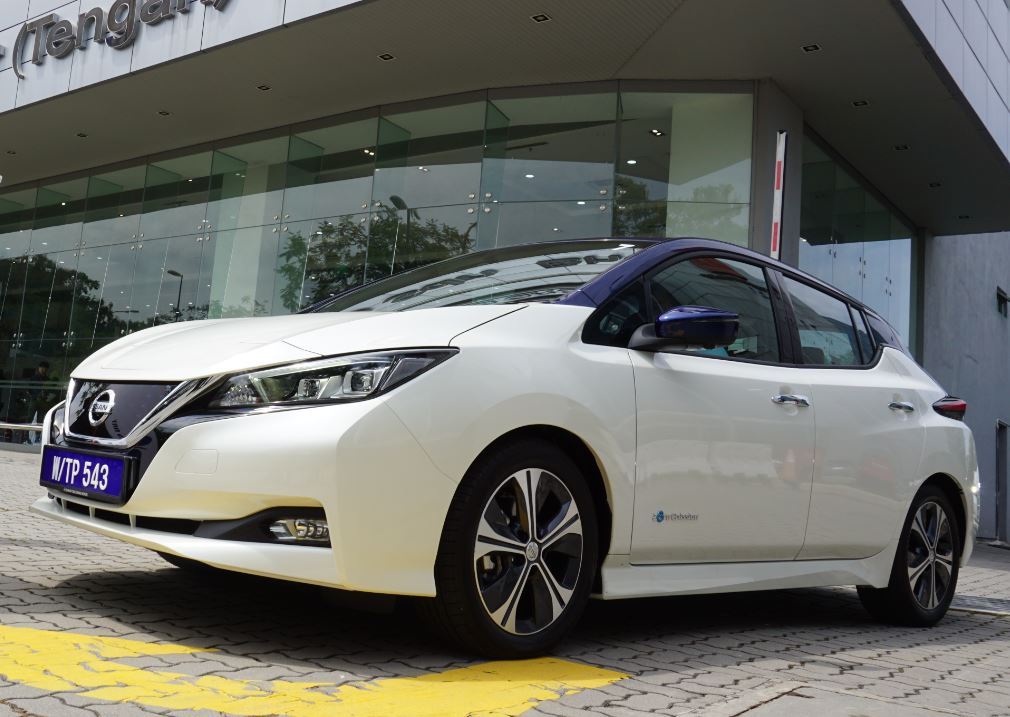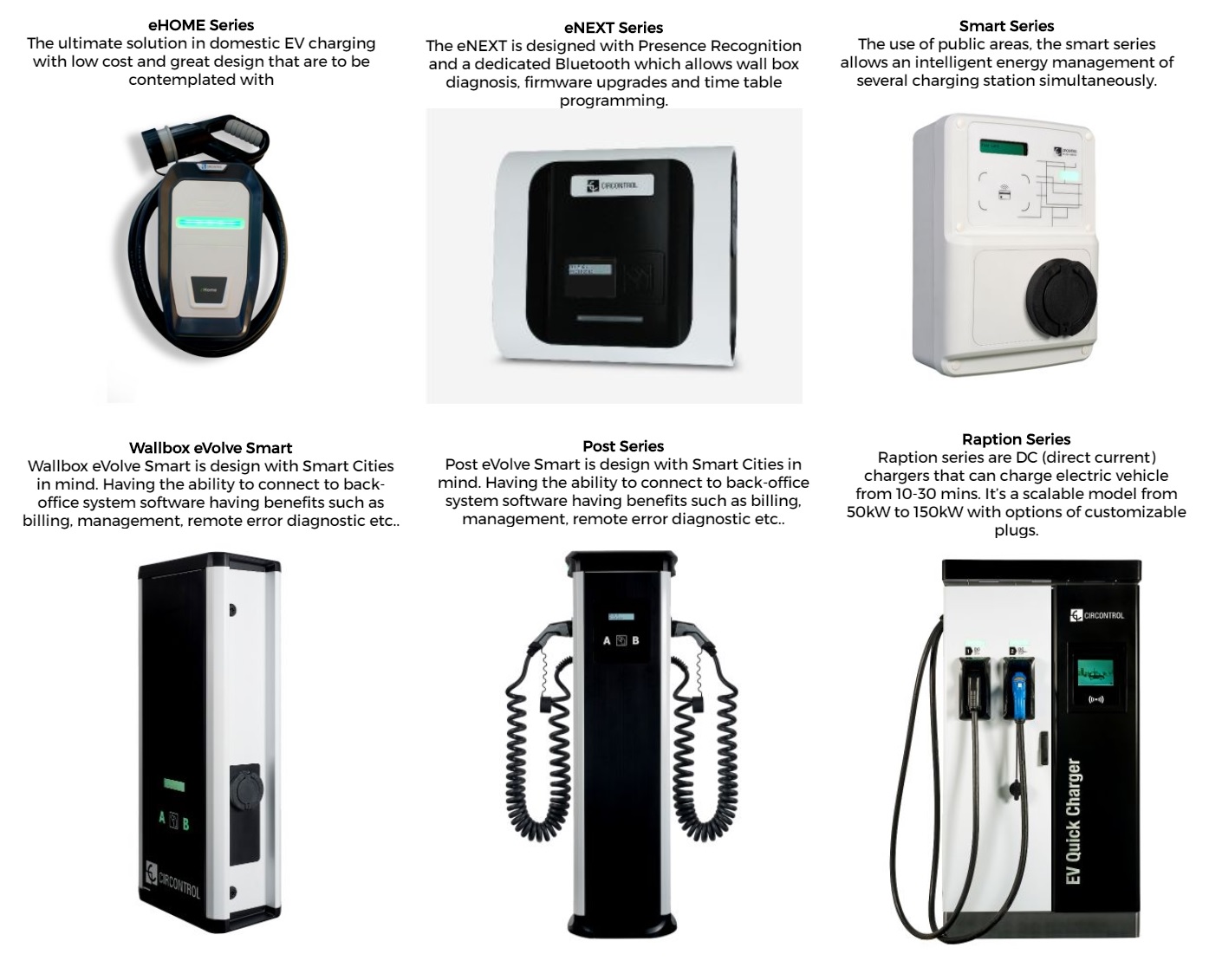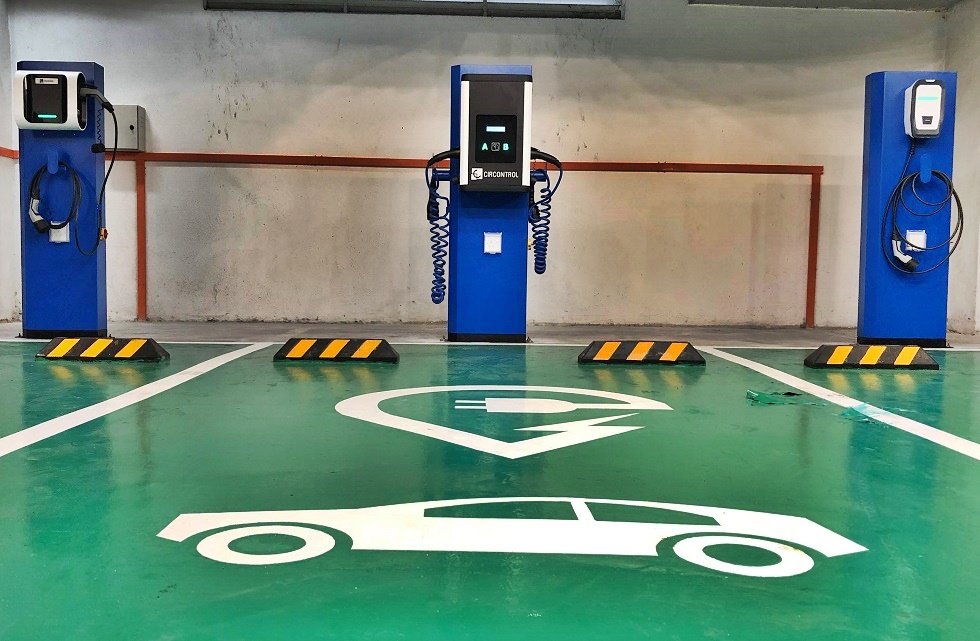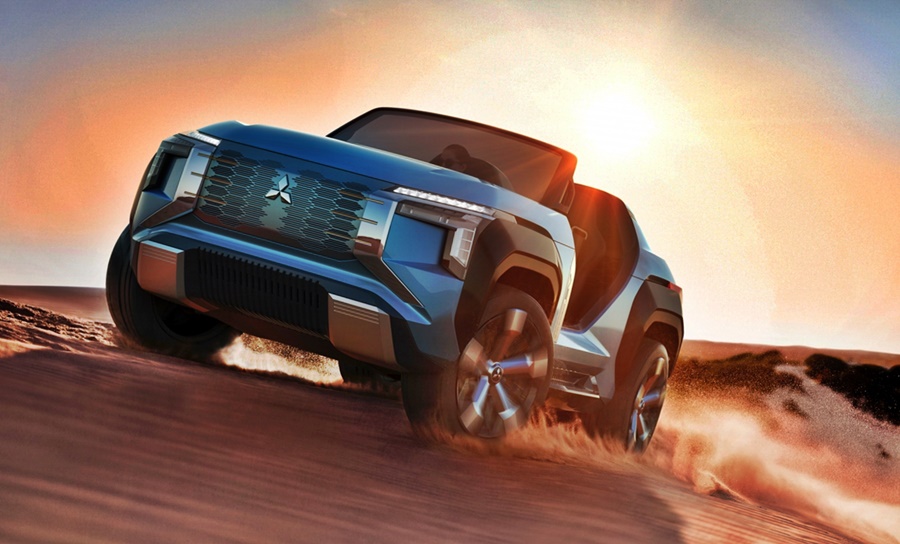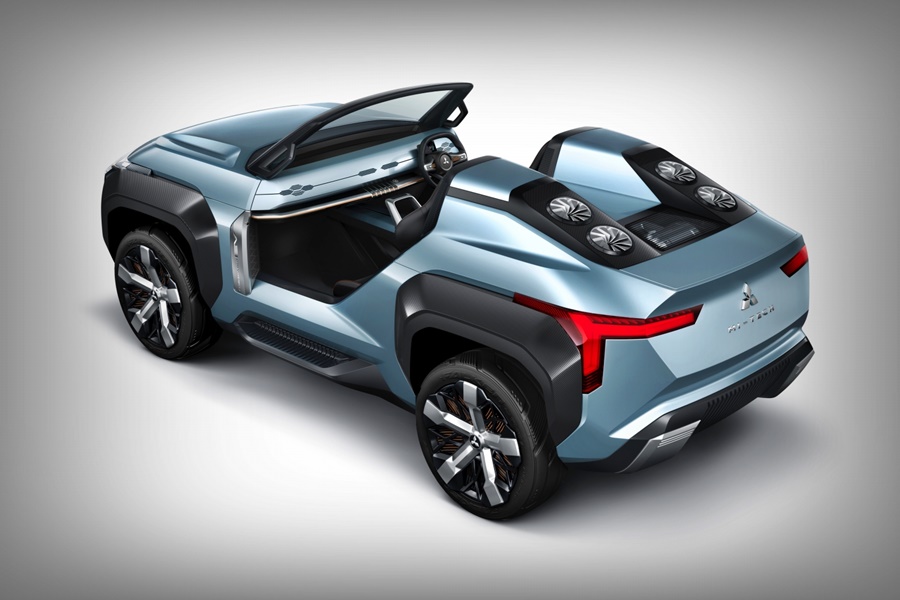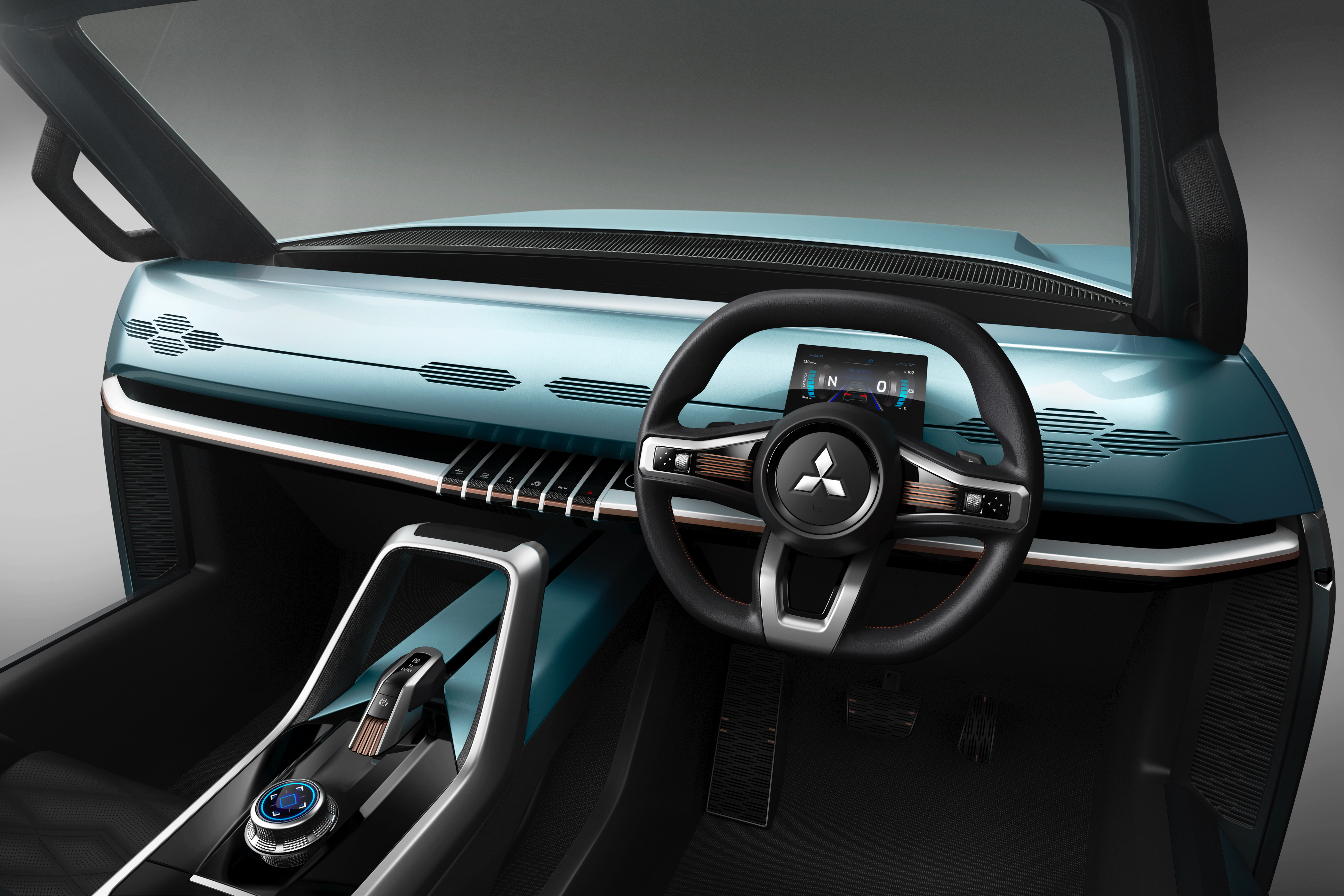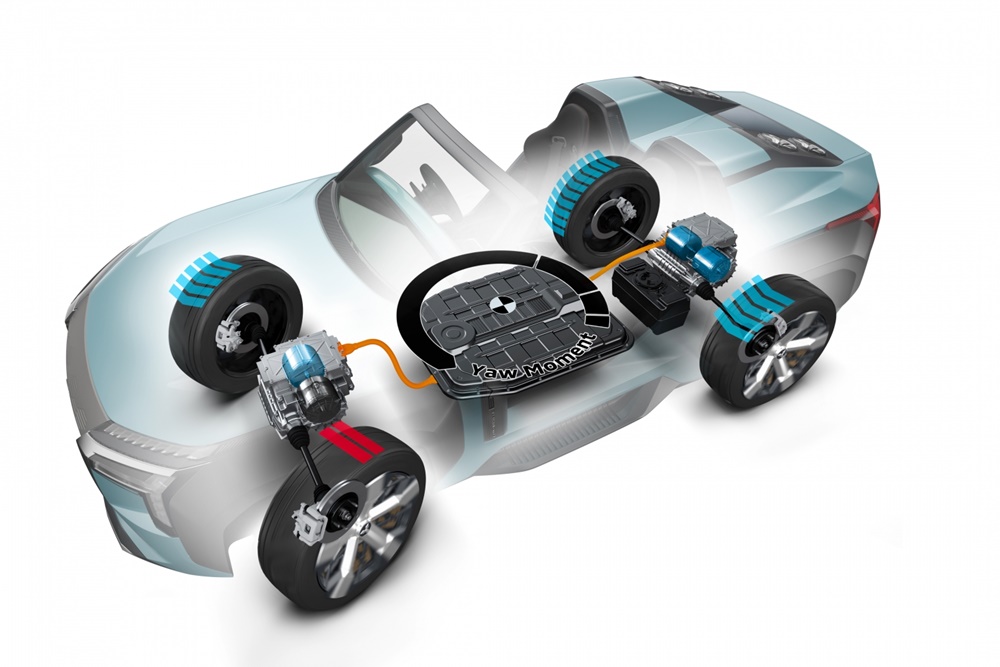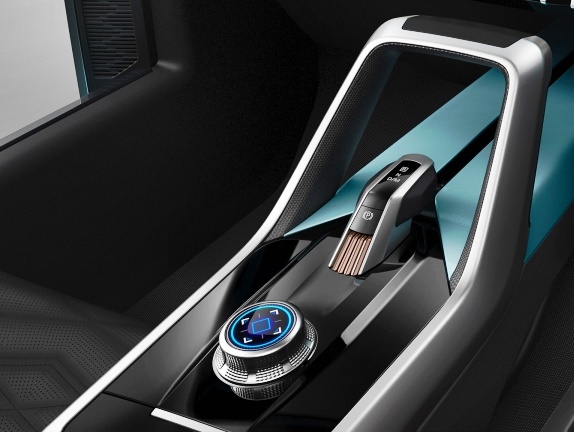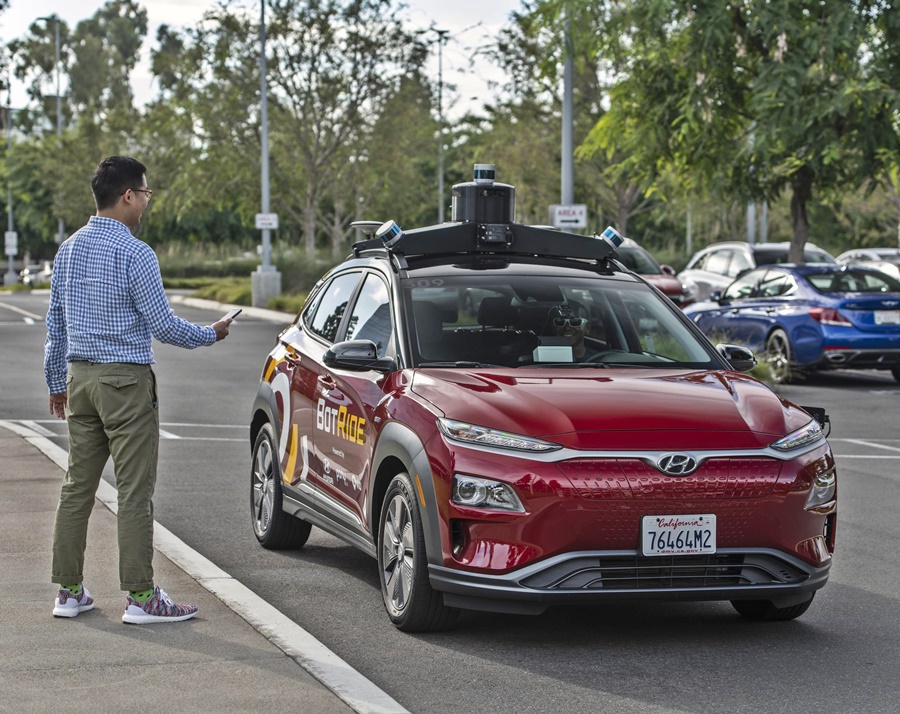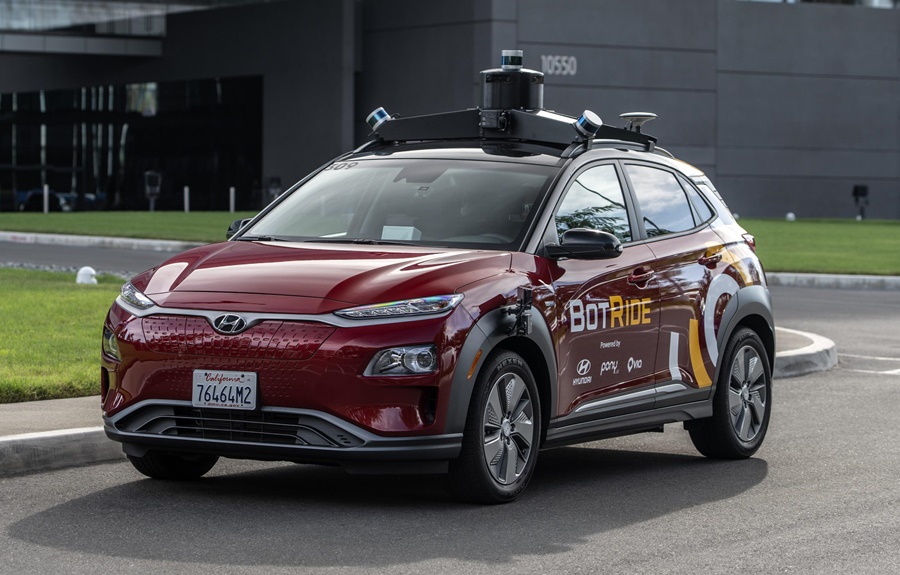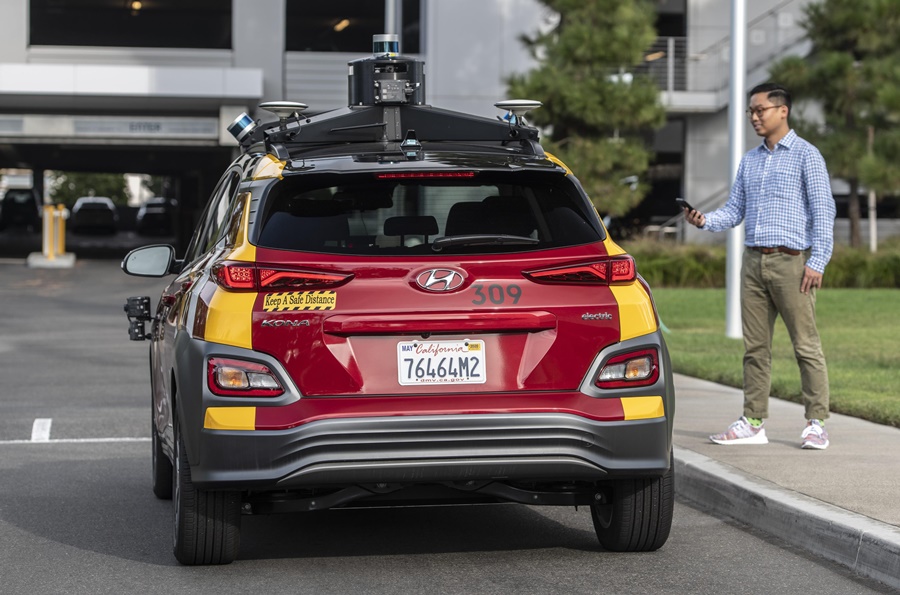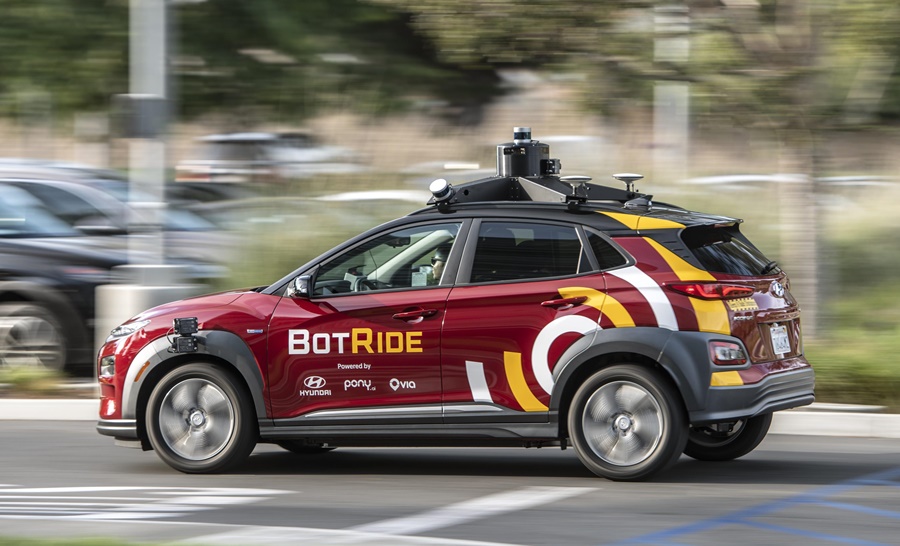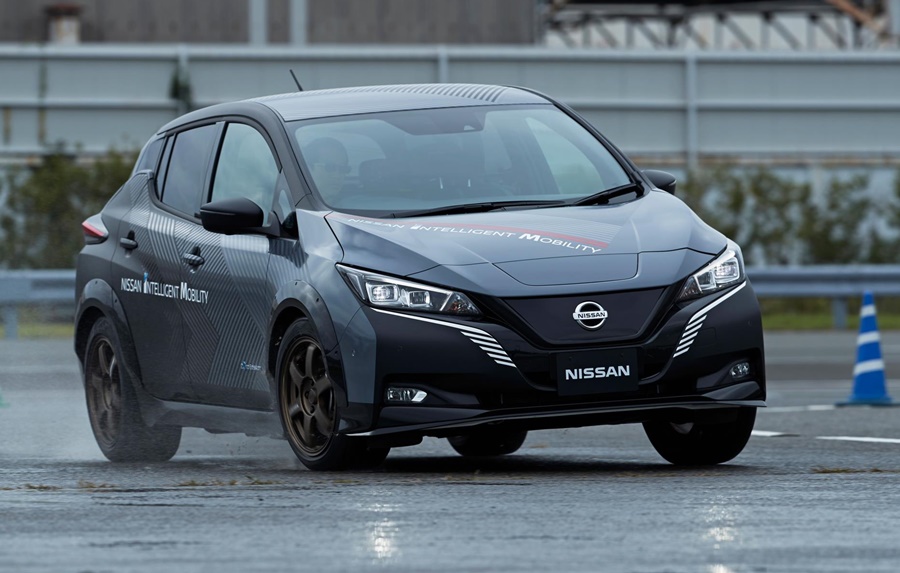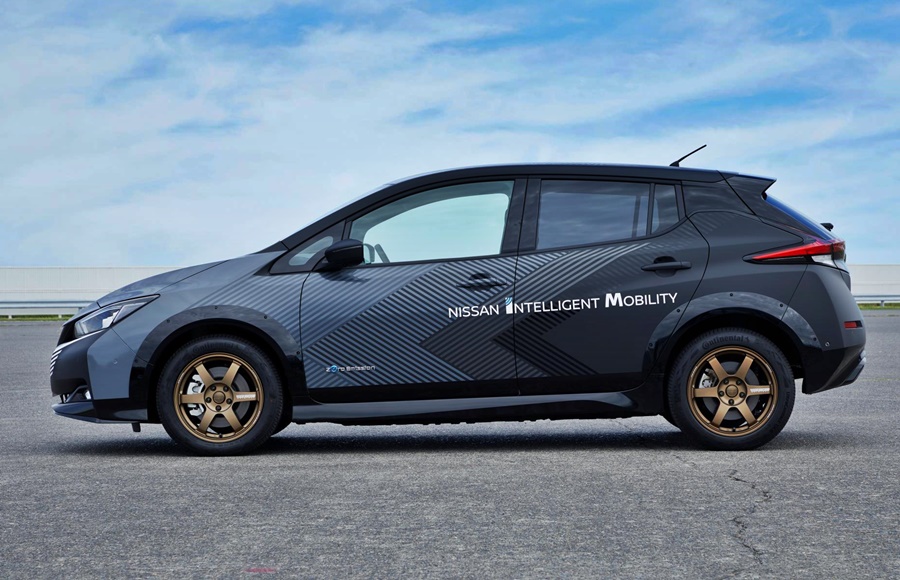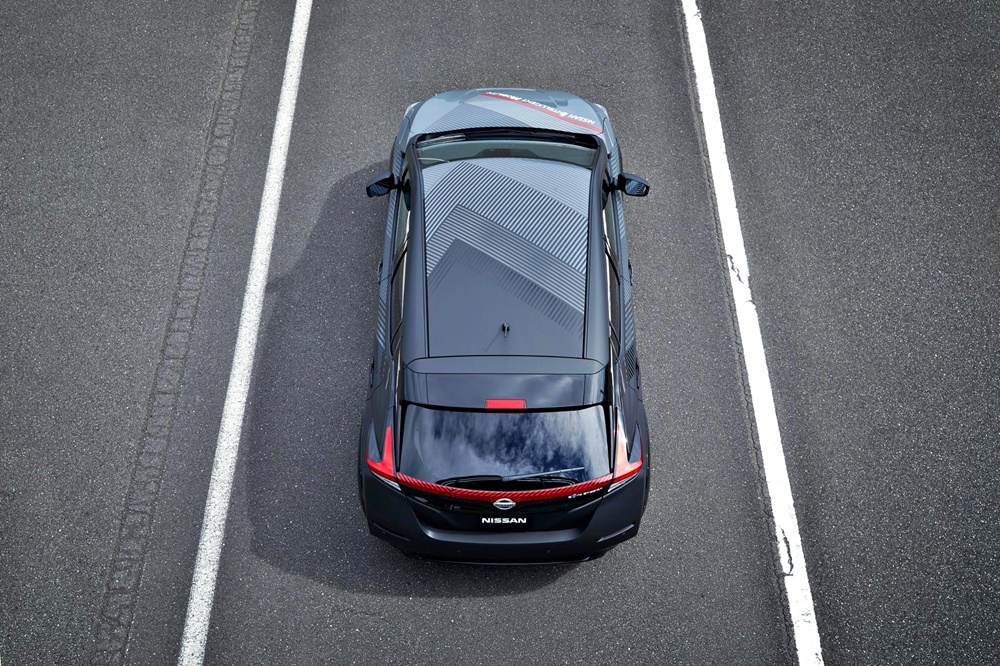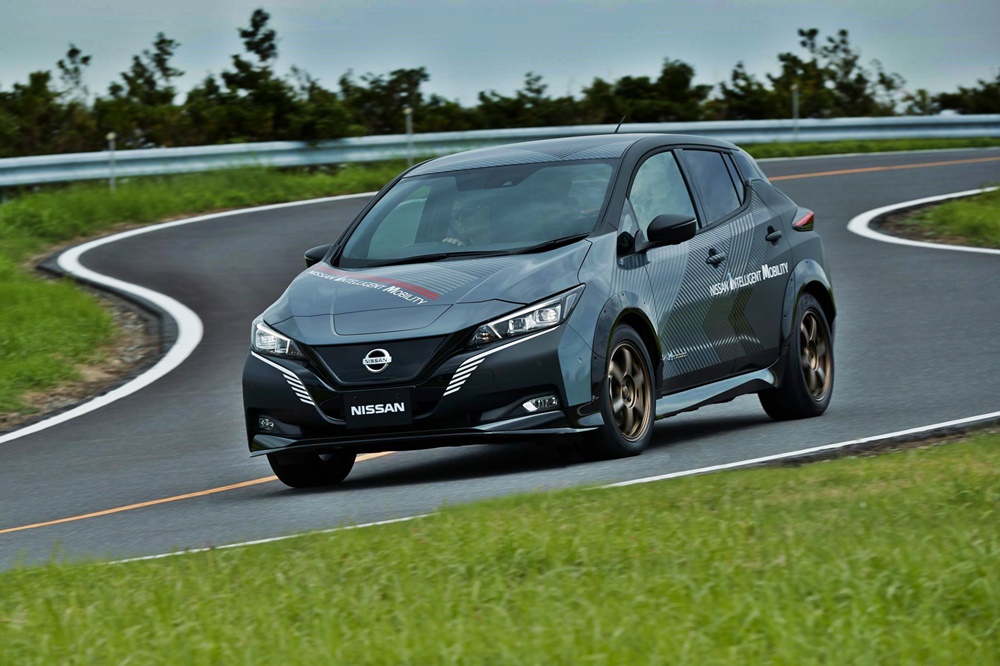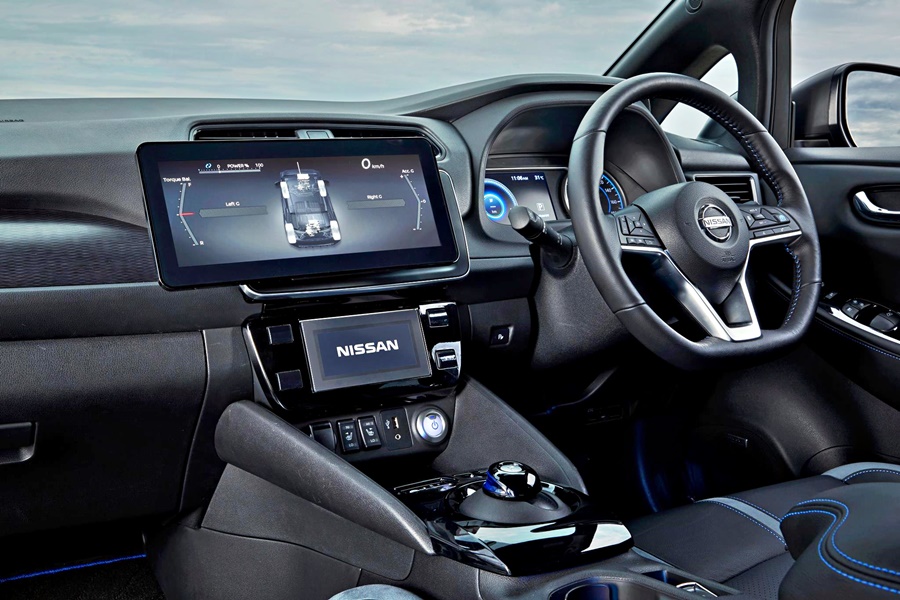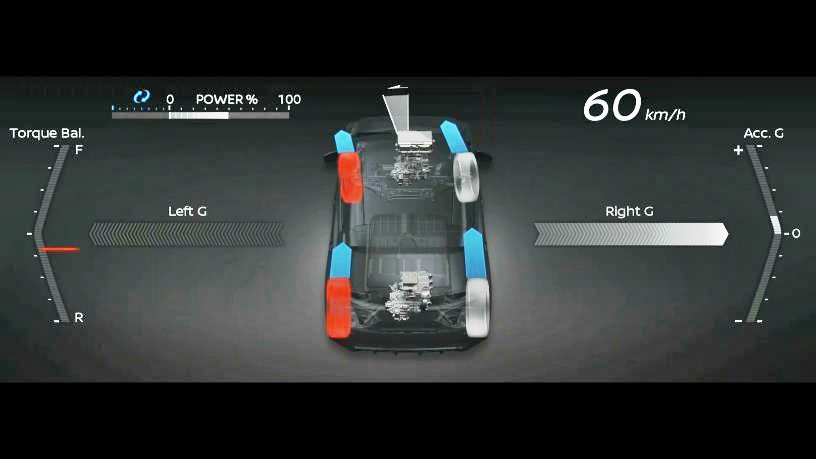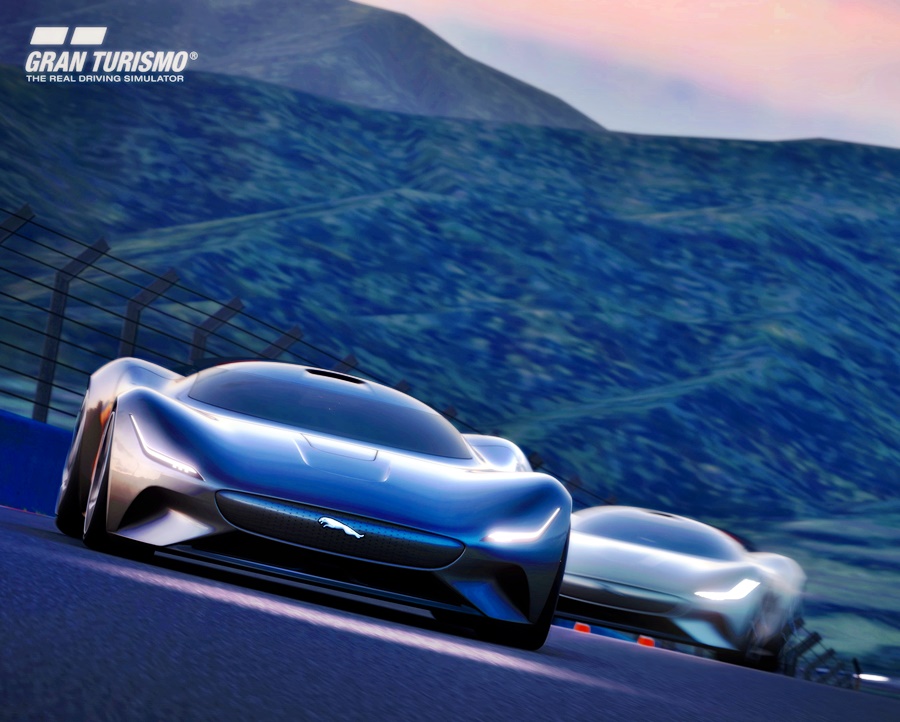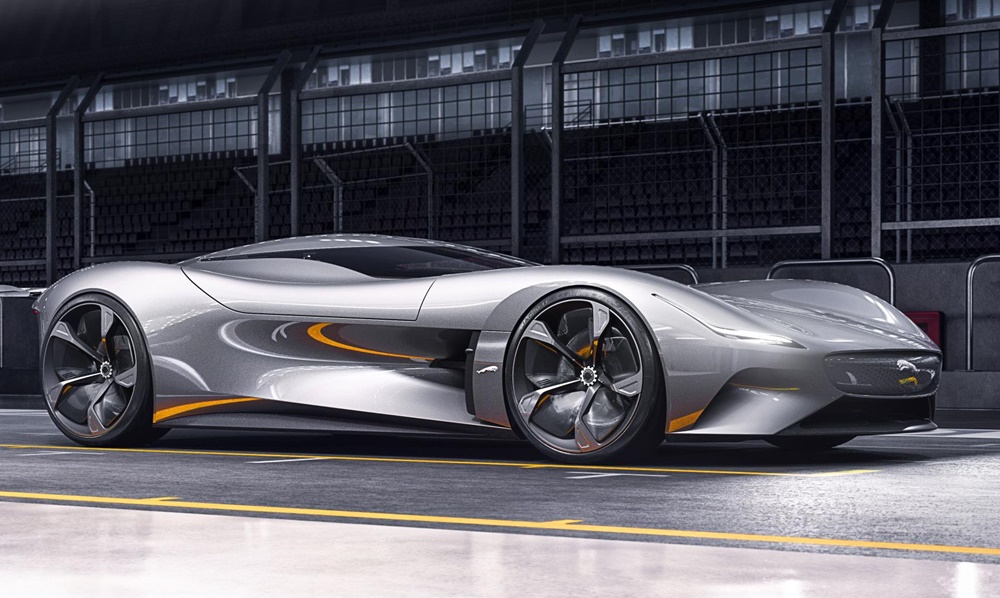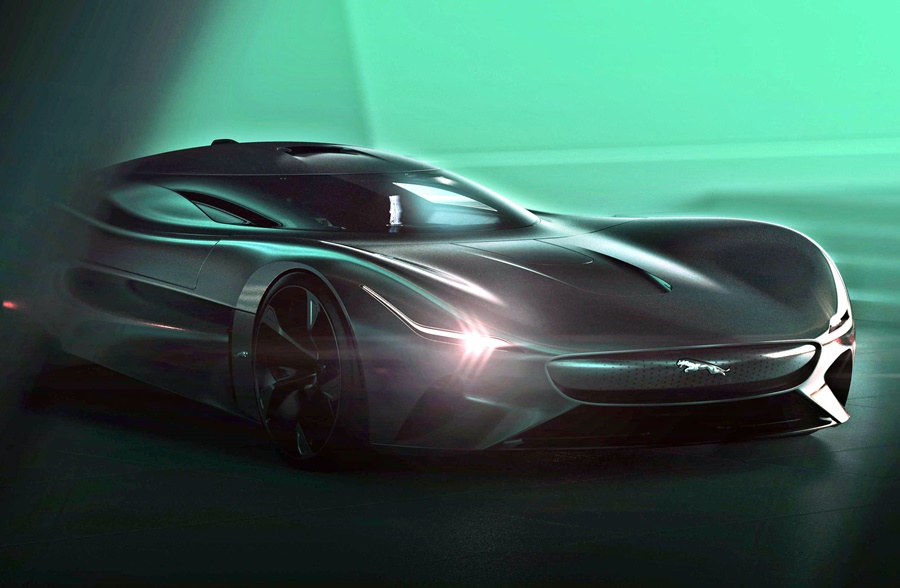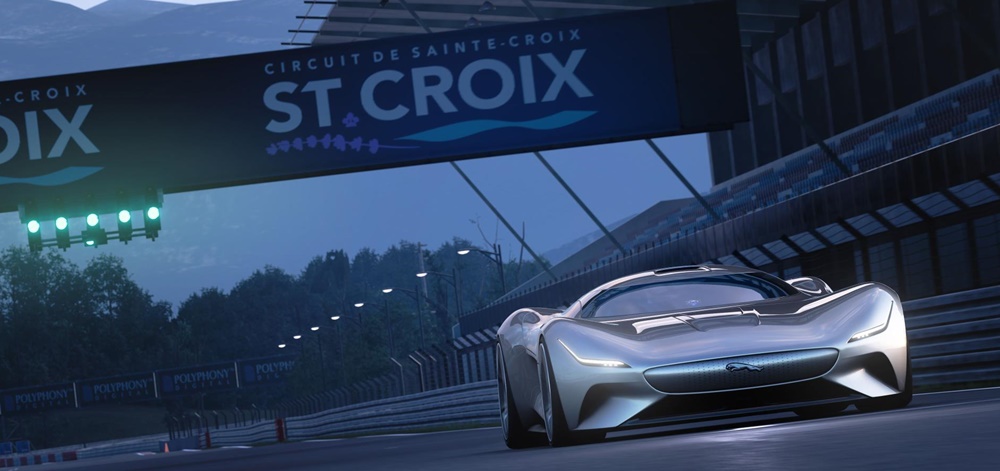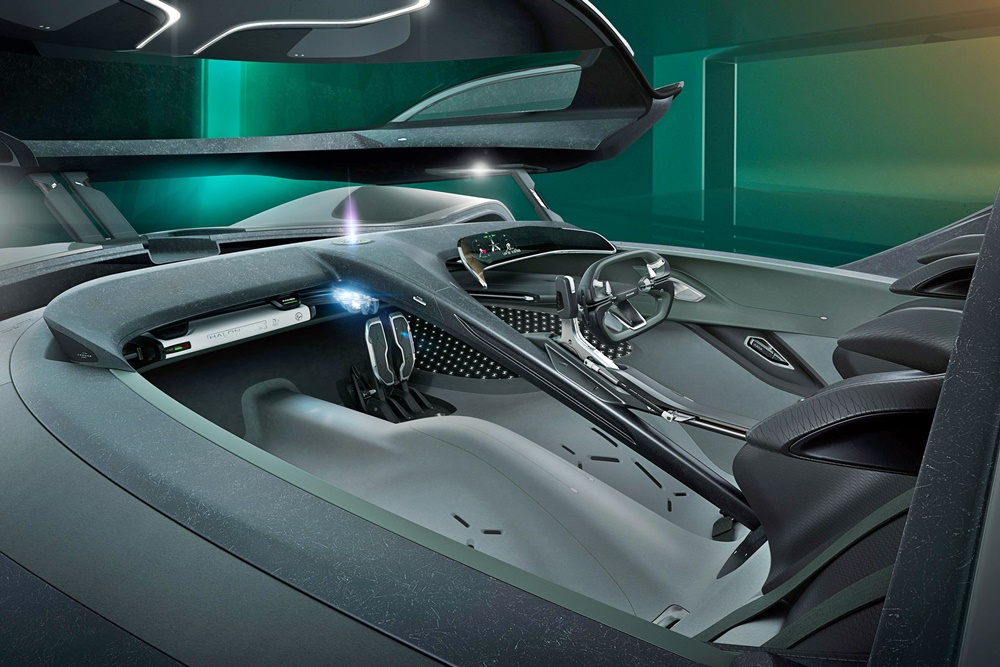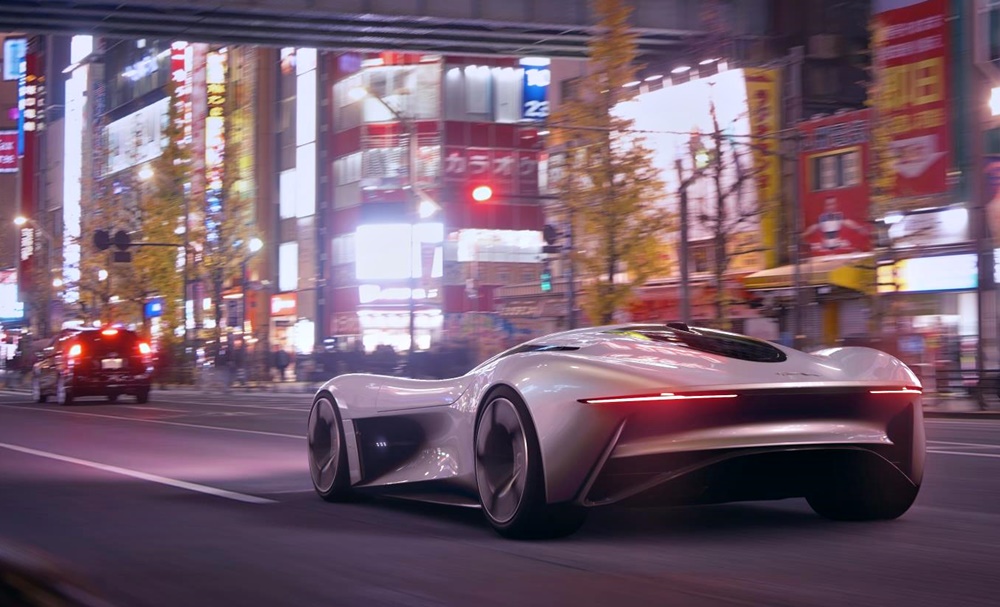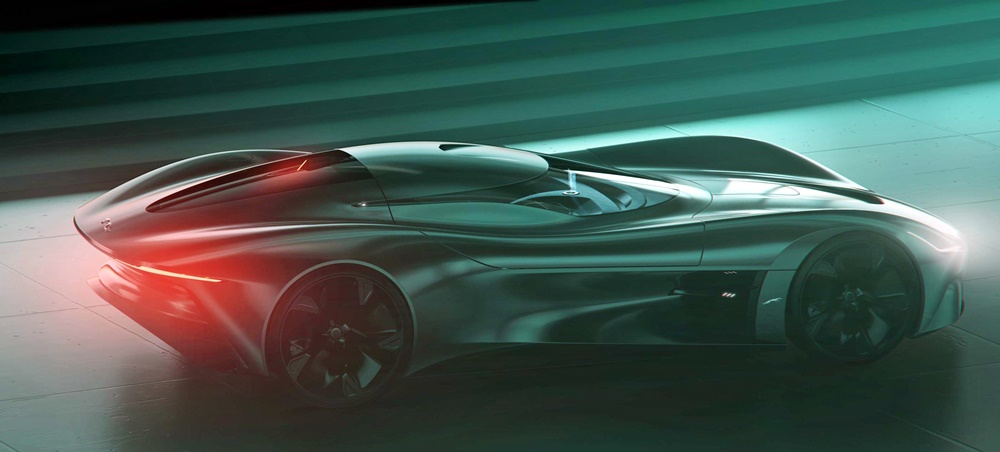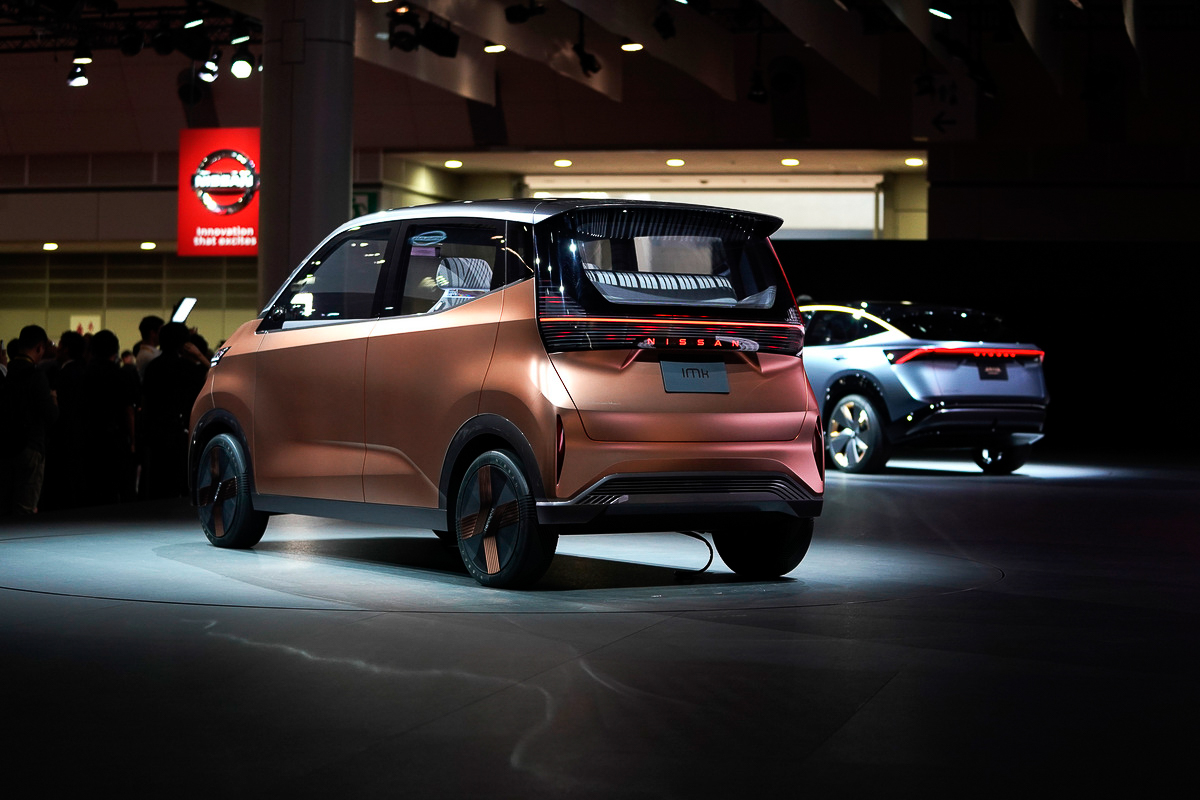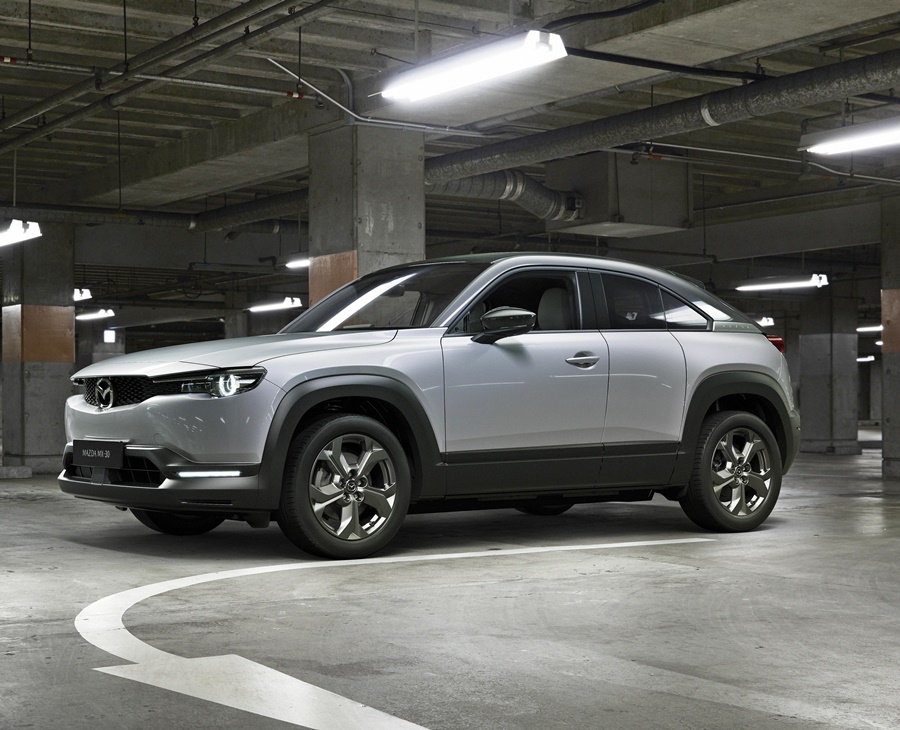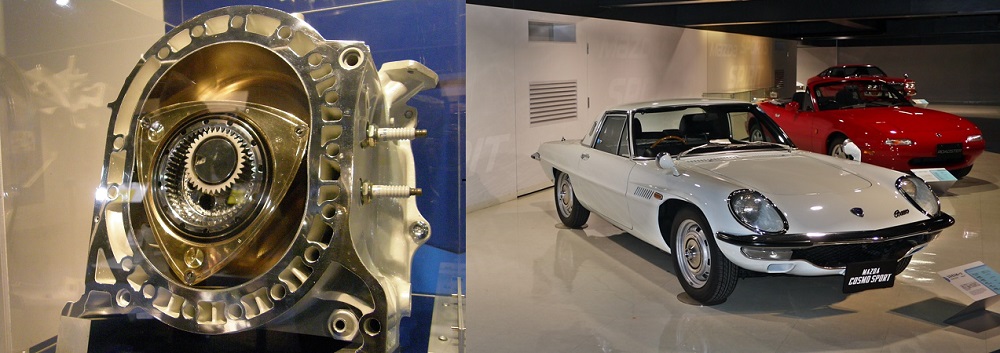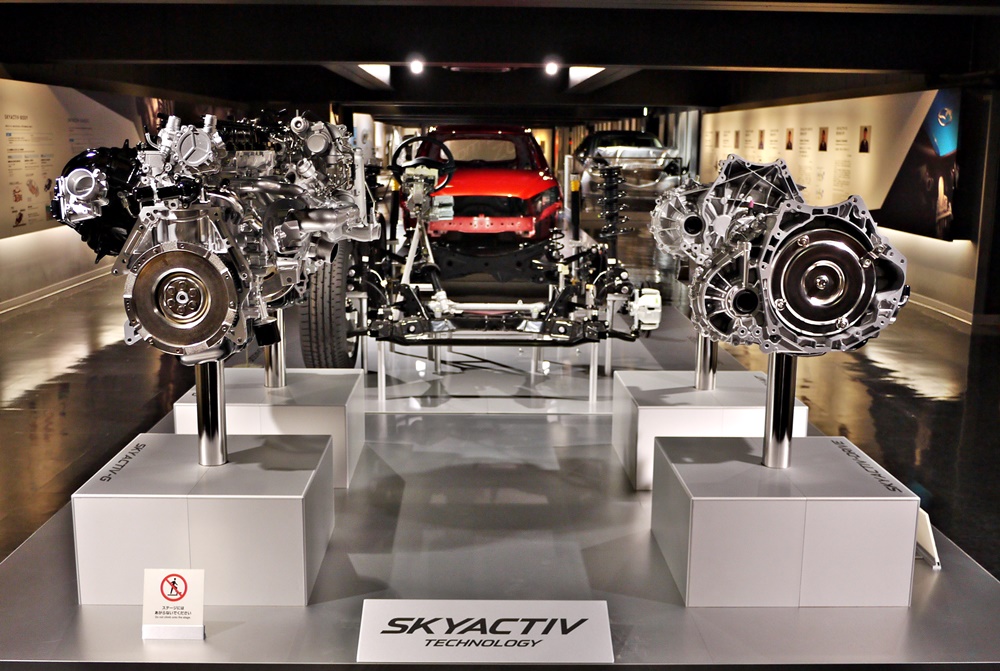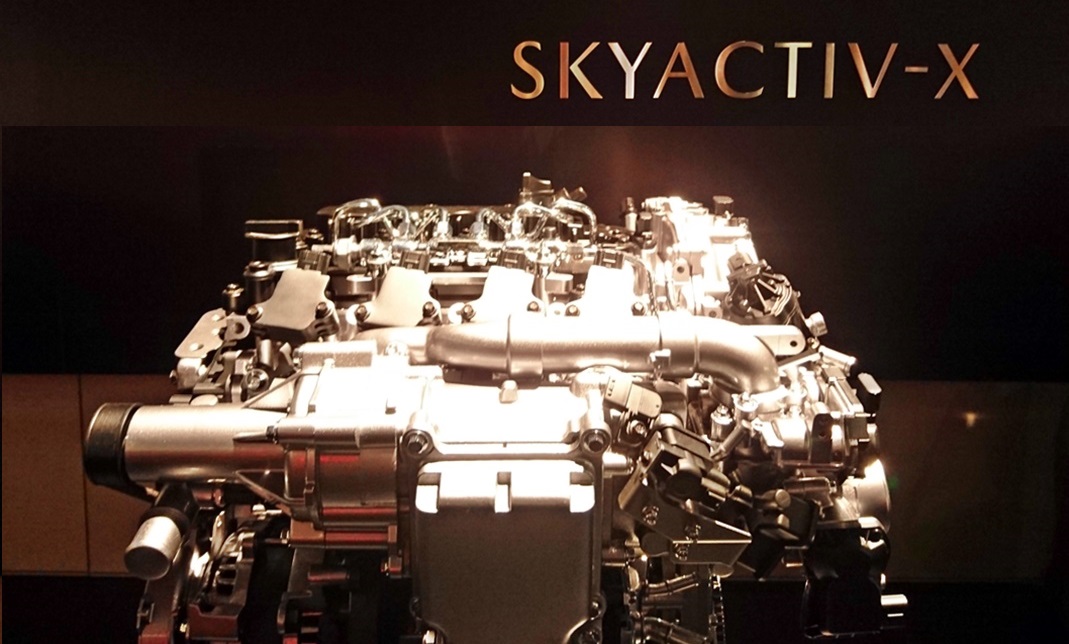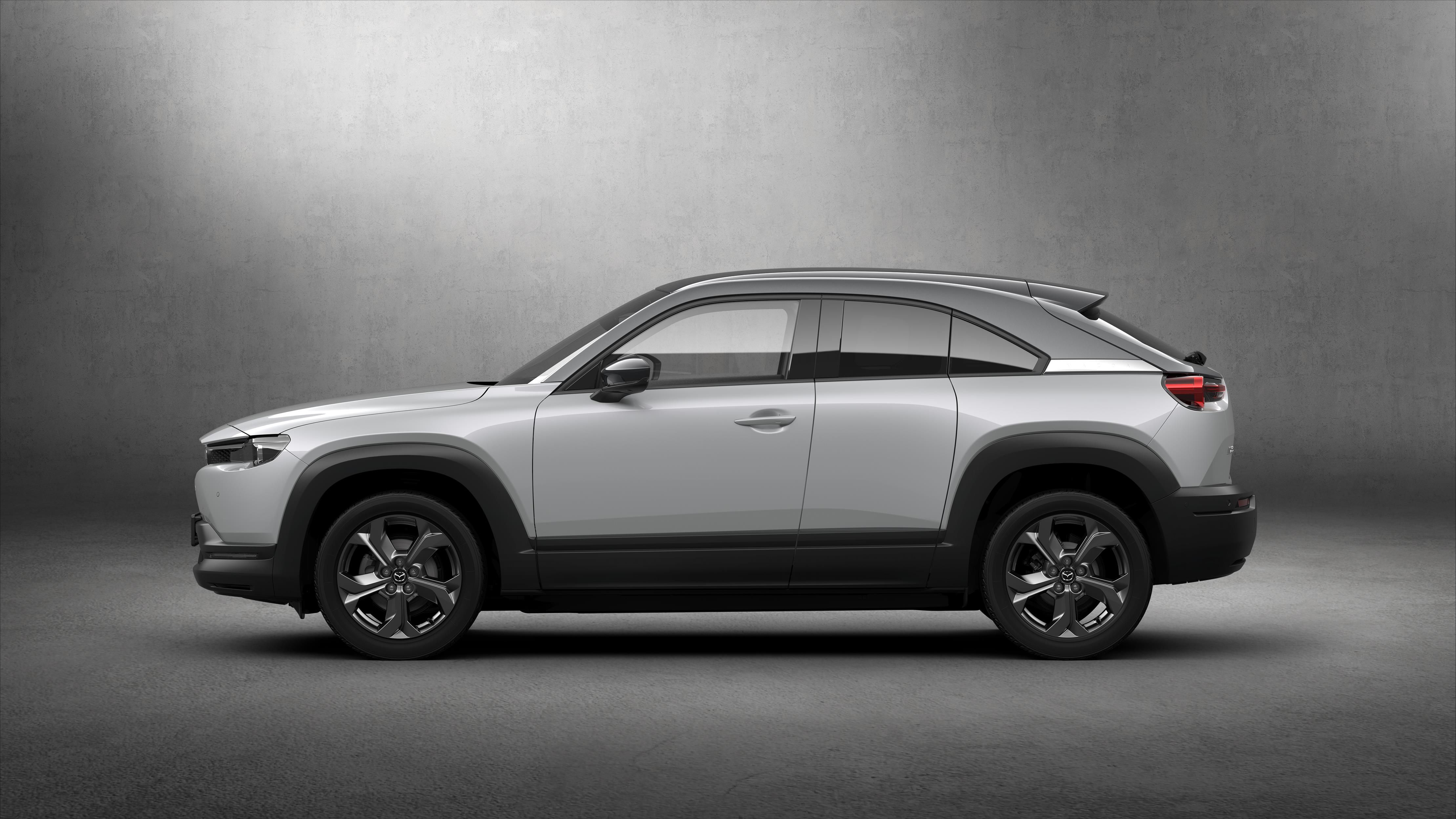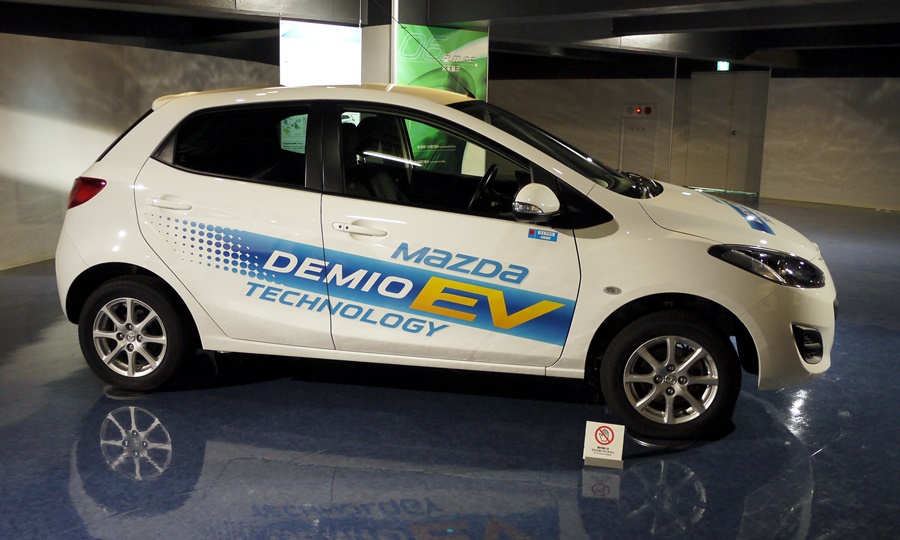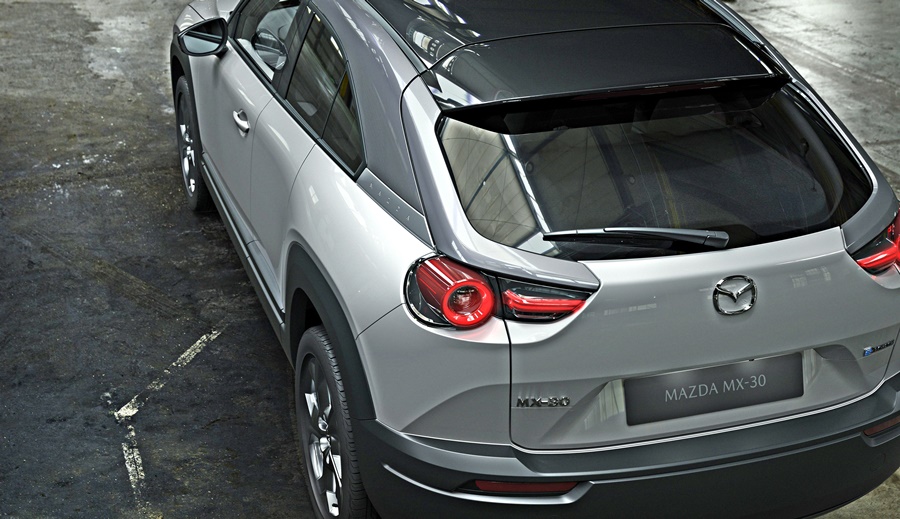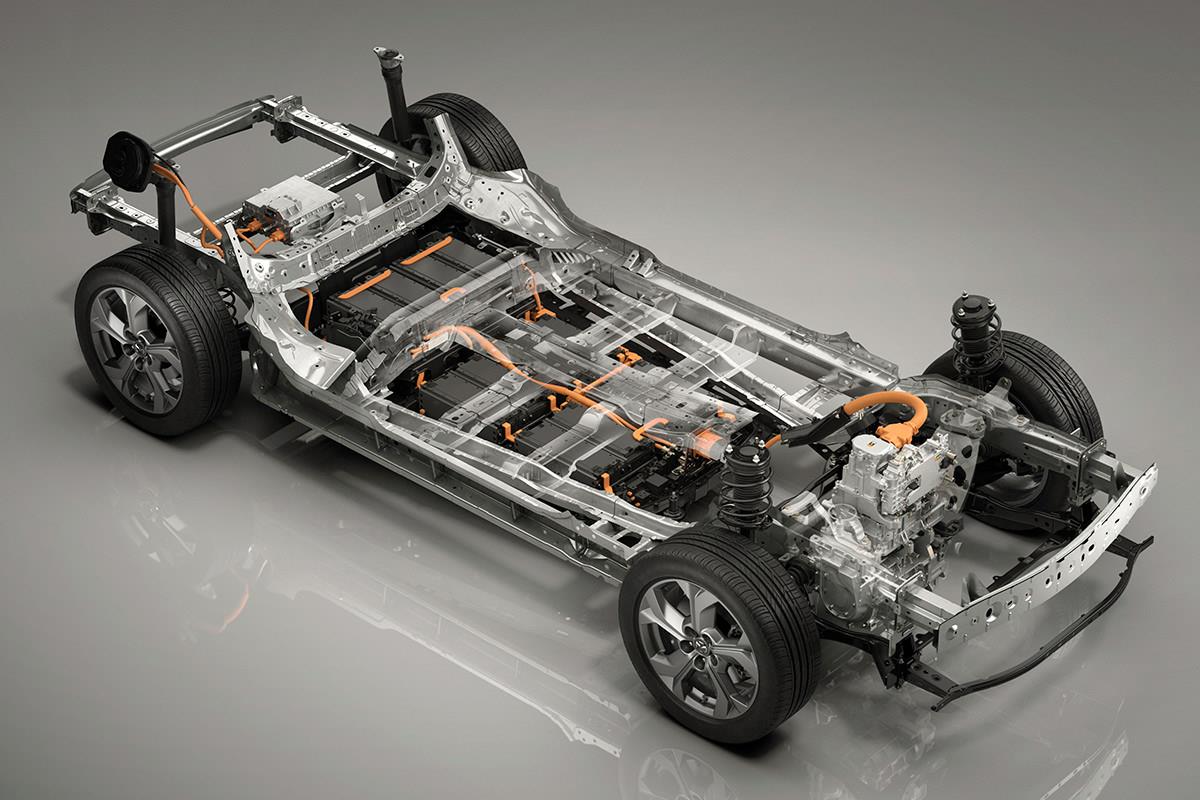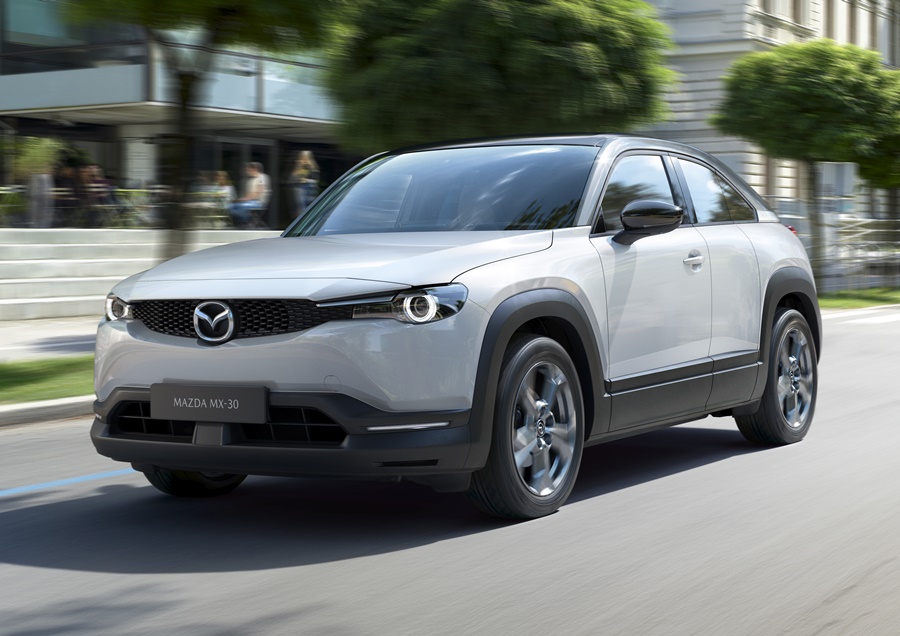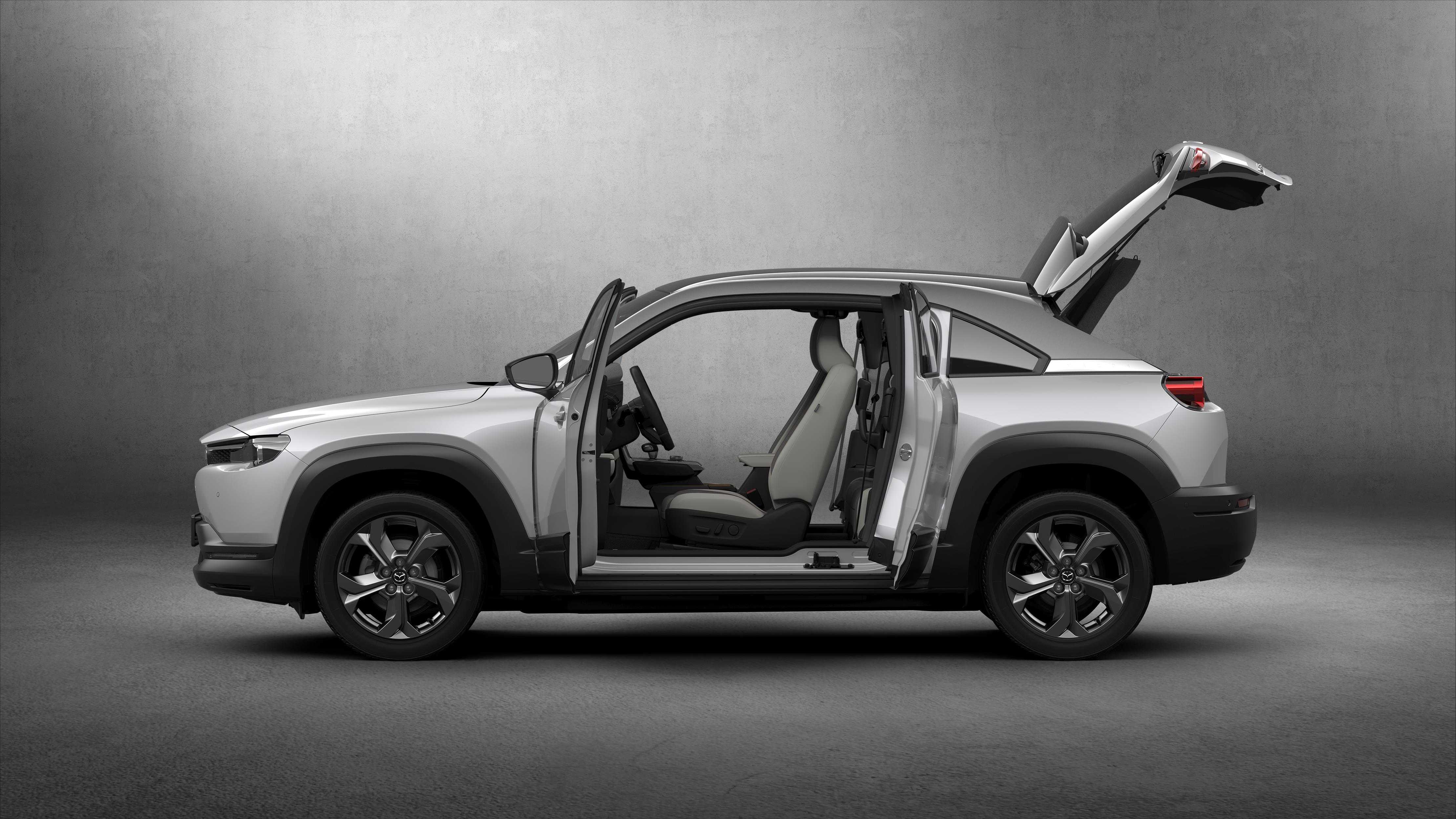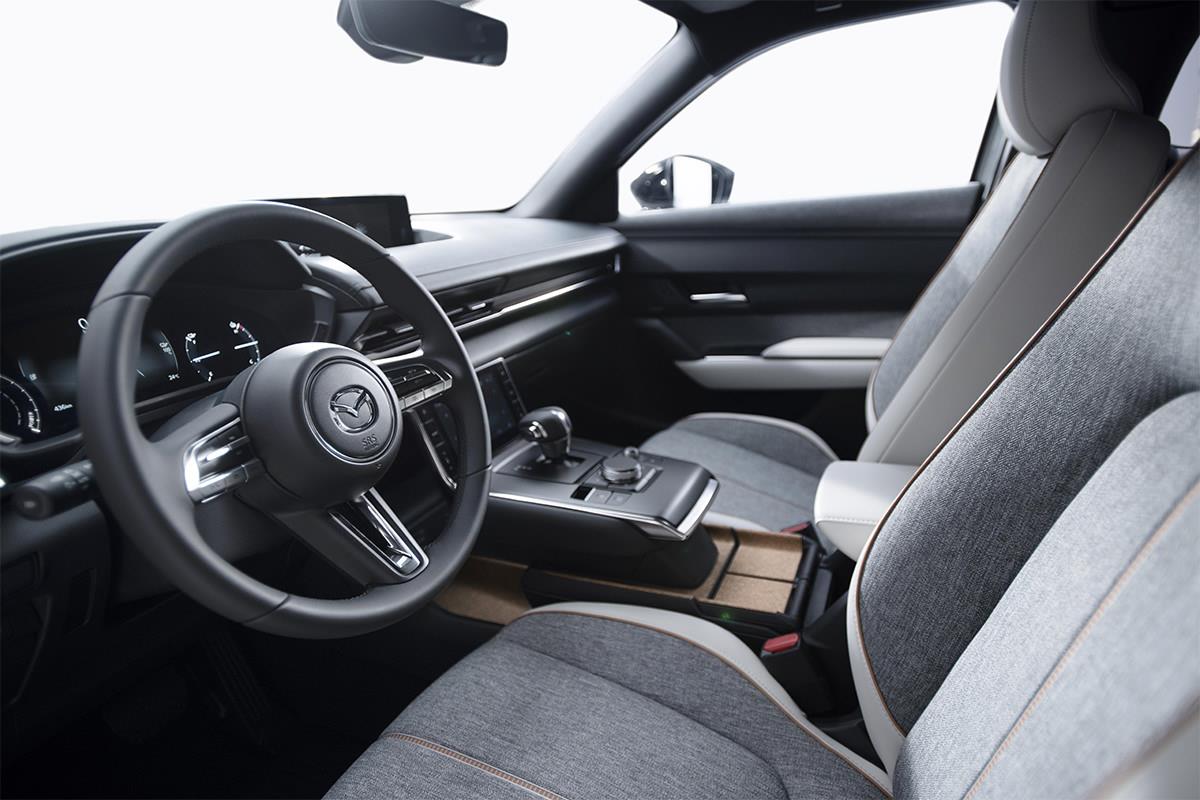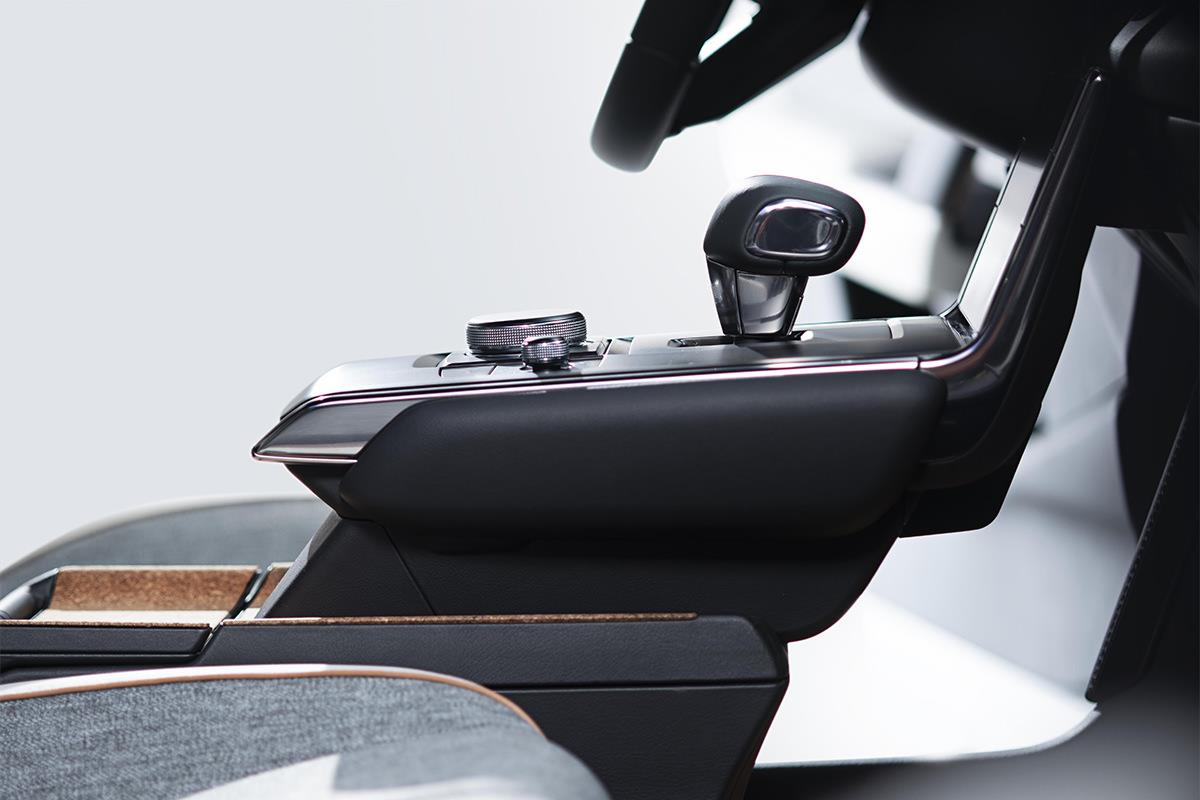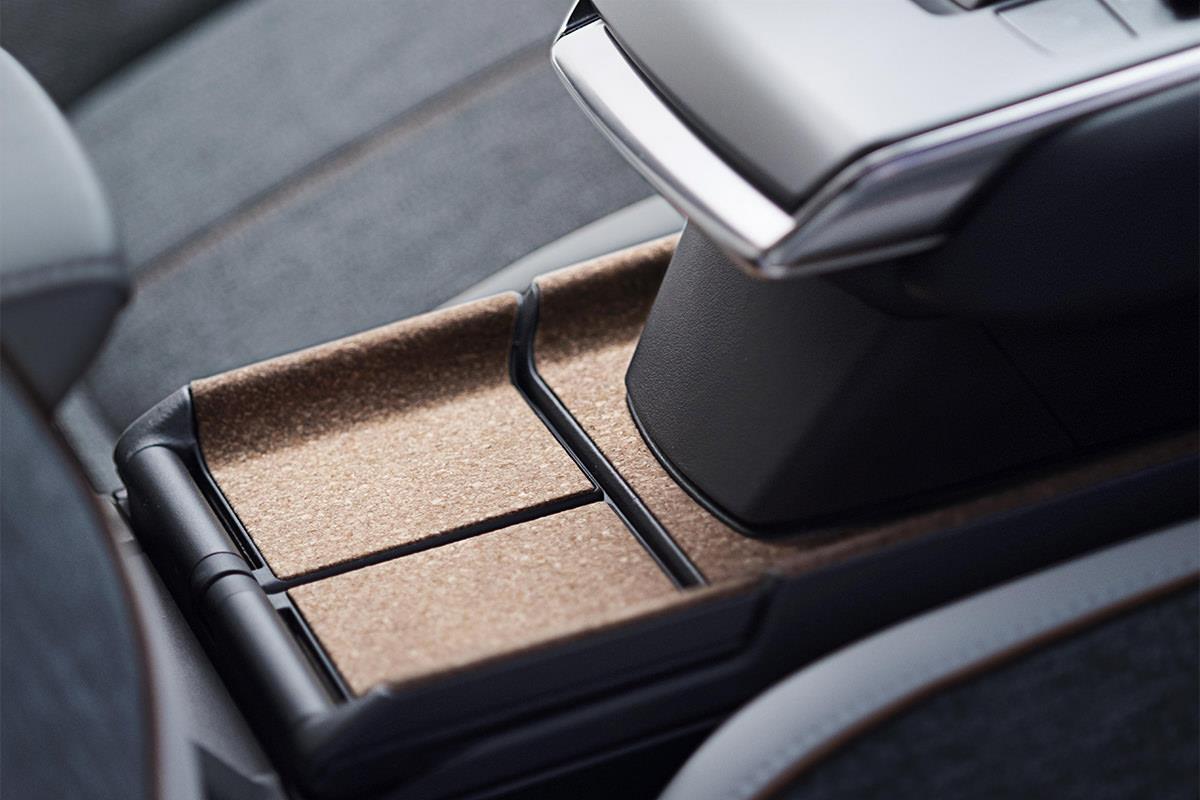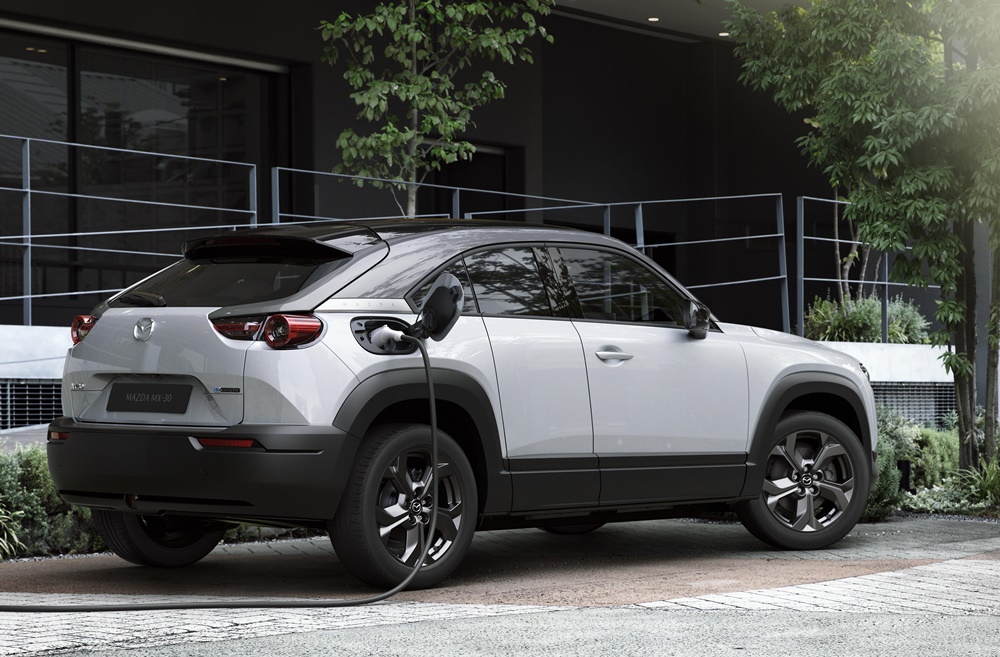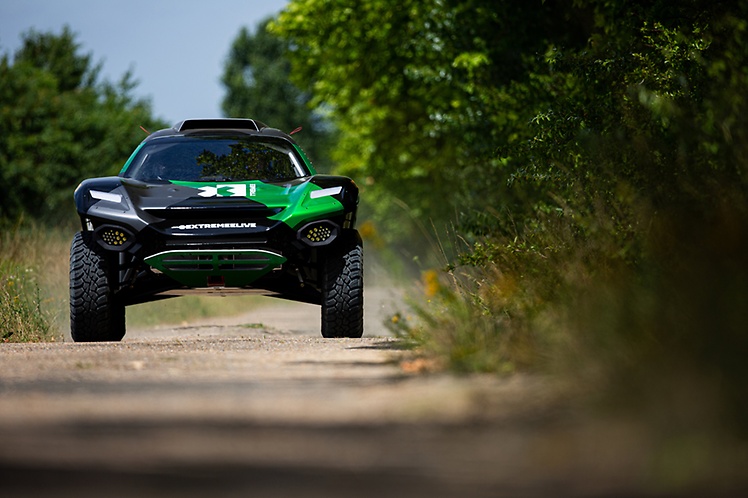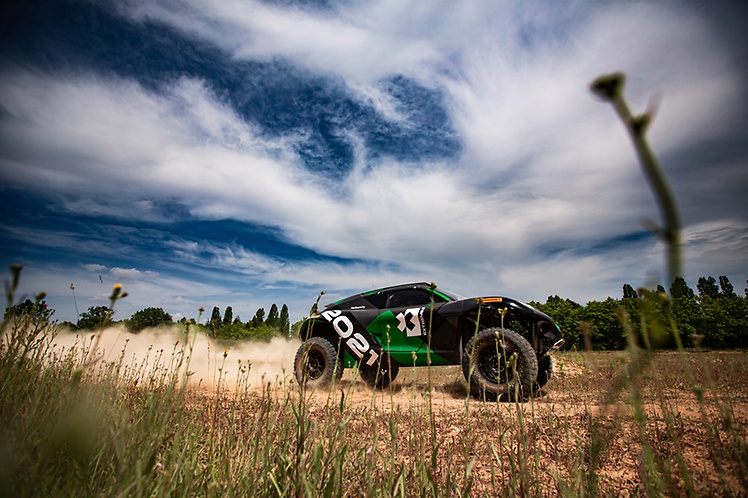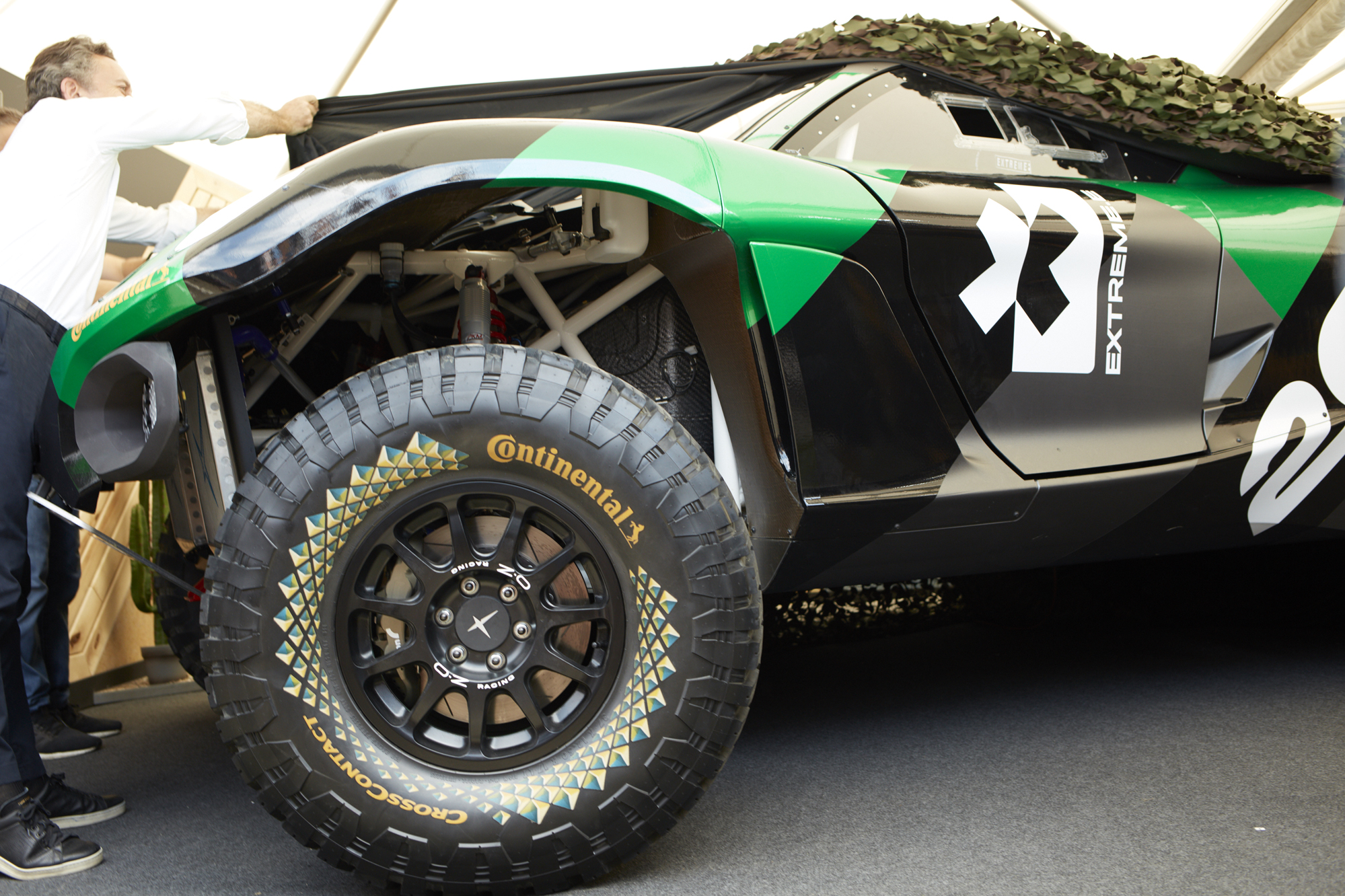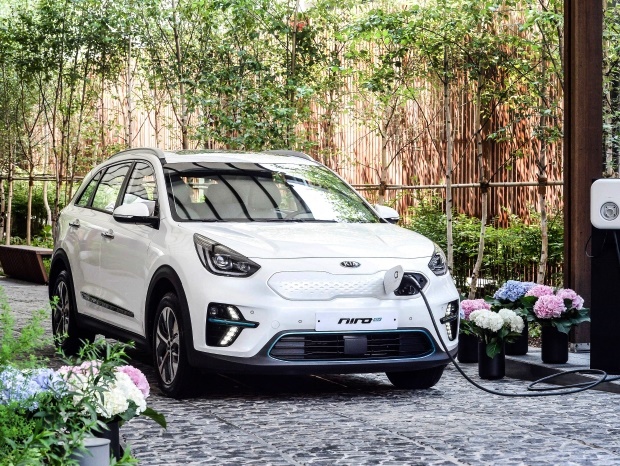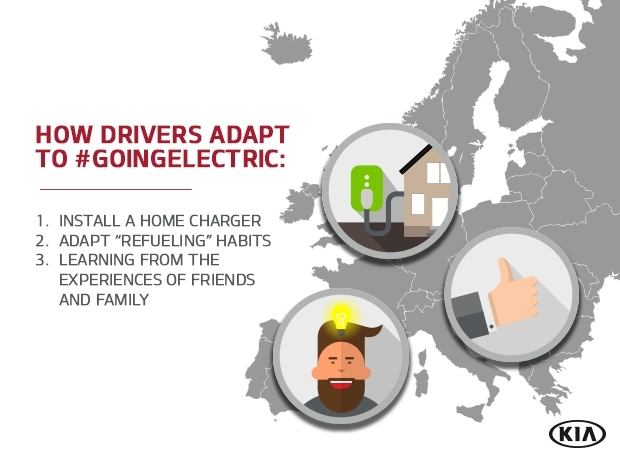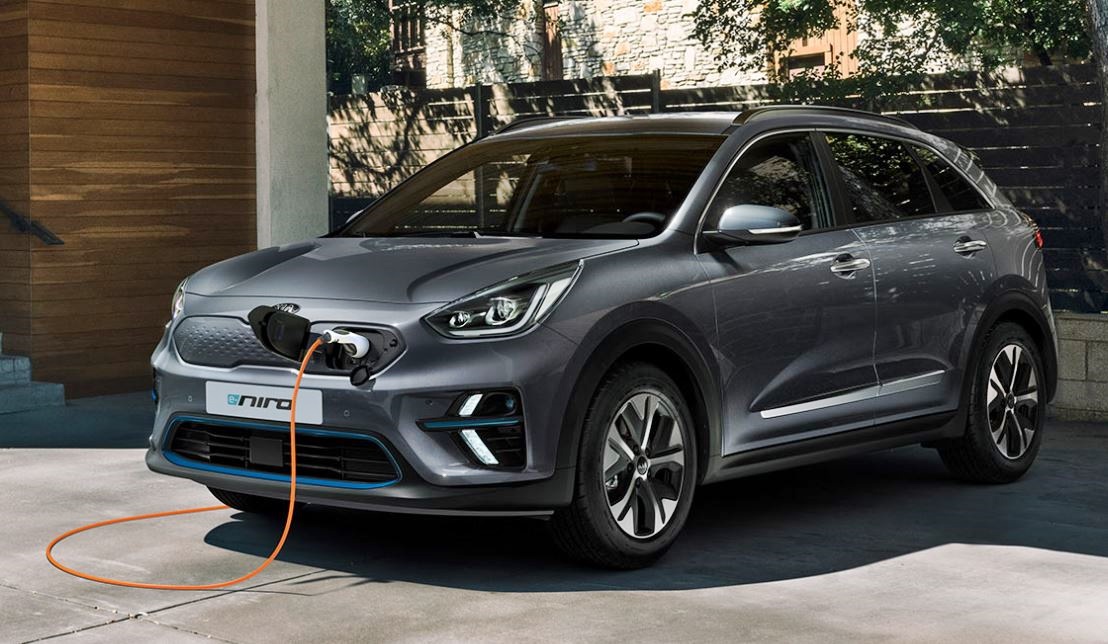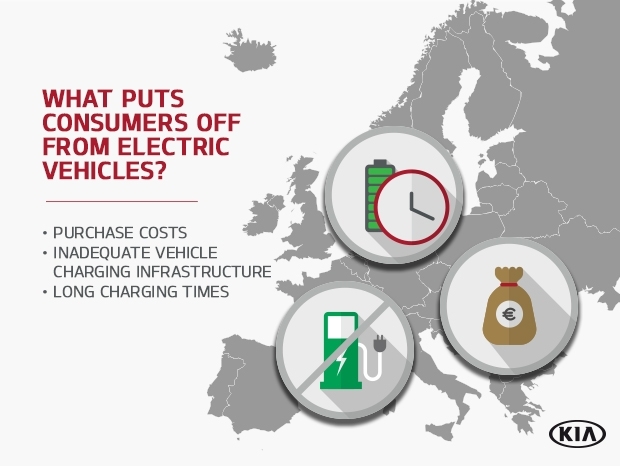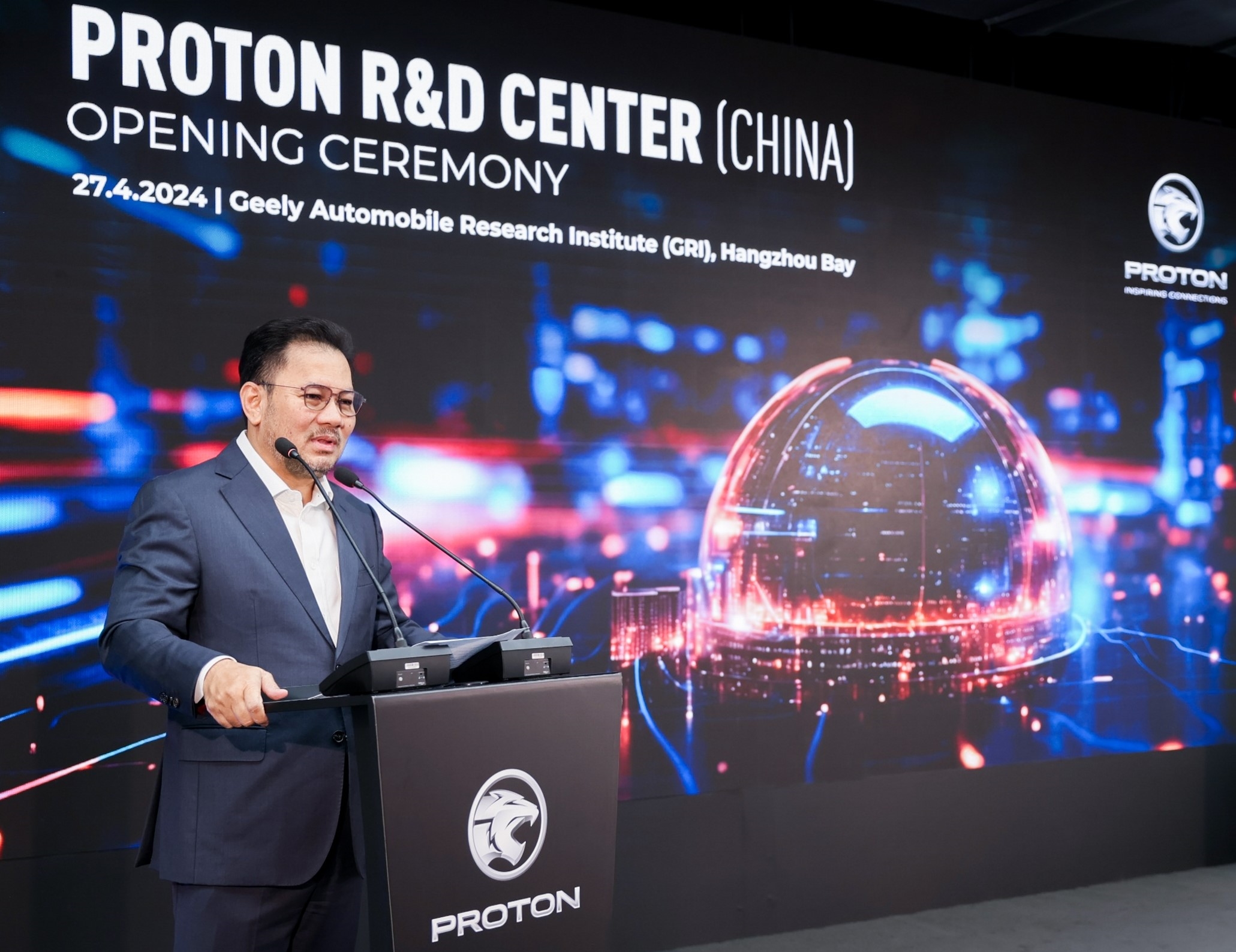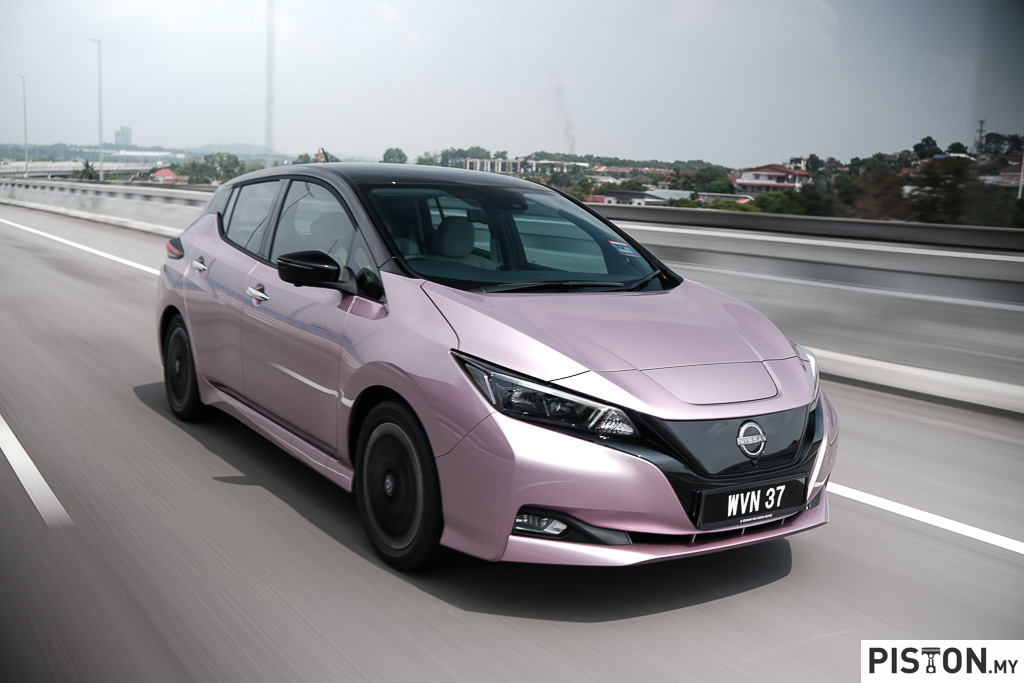Given the pressure to reduce costs all the time, many carmakers now prefer to show off concept cars that are ‘near-production’, rather than futuristic showcars that cost a lot to build. But once in a while, we get some extreme designs intended to show what could come. Like the Futuron concept by Kia which the company says has some of its design elements inspired by UFOs and flying saucers!
The Futuron Concept is an all-wheel drive SUV coupe which proposes new designs for future electric vehicles, specifically a SUV coupe. With a design based around the notion of dynamic purity, the Futuron Concept merges elegant proportions with pure shapes and surfaces.
‘360-degree core’
The Kia Futuron Concept is built around a single, strong ‘360-degree’ design notable for its pure, smooth form devoid of ornament. The delicate diffusion of the body’s surfaces creates a series of taut, flowing shapes which twist, expand and contract around the body. The result is a sleek and streamlined shape, creating an aero-efficient profile.
The novel proportions of the car are immediately striking. Its low-profile SUV coupe body is sporty and modern, yet also elegant. At 4850 mm in length, 1550 mm tall and with a 3000 mm-long wheelbase, the Futuron’s elevated ground clearance is matched with a low, lean body to create a dynamic, confident posture.
The fully-electric powertrain makes such a fluid shape possible. A high-capacity battery is mounted low in the vehicle’s body, beneath the cabin floor, providing electrical energy to 4 powerful in-wheel electric motors. The elevated stance of the car is therefore matched with a low centre of gravity and an e-AWD system which delivers lightning-fast responses to driver inputs.
Sportscar on an SUV platform
Combined with comfortable, lean-back seats, the Futuron offers drivers a new type of interactive driving experience suitable for urban city environments. Various elements of the vehicle’s structure and design foster the important connection and interaction between car and driver.
The front fender flows backwards from the front of the bonnet before plunging into the cabin itself, establishing a connection between the driving seat and the road ahead. The concept’s roof is a diamond-shaped panoramic glasshouse which sits atop the 360-degree core, in the best traditions of UFO and flying saucer design.
While flooding the cabin with natural light, it also extends down the bonnet to give drivers an unparalleled view ahead. The glasshouse also incorporates a network of LiDAR (light detection and ranging) sensors capable of providing Level 4 autonomous driving features, enabling hands-off and eyes-off driving in most conditions.
Furthermore, the 360-degree theme is evident in the lighting that illuminates a sharp character line encircling the Futuron’s body. A playful and interactive new feature, this lighting responds to physical gestures and movements made outside the car, eliciting a close connection between car and driver before they even set foot in the cabin.
The new Kia ‘tiger face’
The front of the Futuron features a new reinterpretation of Kia’s ‘tiger nose’ grille, a signature for Kia design now for over a decade. While maintaining the basic principle of the design – a clear outline with tabs in the middle – Kia’s designers have expanded the boundaries, widening the shape across the front of the car to create a restrained, yet elegant ‘tiger face’.
With a wider ‘tiger face’ shape, the grille incorporates the Futuron’s headlamps, an innovative ‘Star Cloud’ design which gives the car a dazzling new night-time identity. The concept’s Star Cloud lighting not only highlights a new design form for the front of the car, but also embodies a new lighting concept for Kia, taking inspiration from nebulae in the night sky to create a geometric patchwork of matrix LED lighting. The Star Cloud is also incorporated into the rear of the car, displaying a distinct light signature to anyone following the Futuron.
Revealed for the first time in Shanghai, the Futuron also incorporates Chinese legend in the design and form of its new Star Cloud lighting. The Dragon Skin surface which covers the lighting area emulates the scaled armour that adorns Chinese dragons, both in mythology and modern-day cultural celebrations. The Star Cloud lighting incorporates a kinetic surface, enabling the car to alternate between daytime running lights and full-beam headlamps as the scales open and close.
Seamless interior
The Futuron’s seamless interior also reflects its autonomous driving nature, with surfaces flowing uninterrupted from the dashboard and through the door panels. The doors feature the same Star Cloud lighting and scaled Dragon Skin motif found on the outside of the car, creating a glittering interactive ambient lighting system. The ventilation system is also housed behind Dragon Skin scales, which open and close to allow fresh air to circulate throughout the cabin.
One of the most prominent features of the cabin is the ‘cockpit’ area surrounding the driver. The graphical user interface (GUI) of the cockpit flows out of the driver-side door and wraps around the steering wheel in a seamless arc. This merges the instrument cluster directly with the audio-visual display at the centre of the dashboard and is linked to the display integrated within the surface of the steering wheel itself.
The GUI is operated by artificial intelligence technologies, displaying useful information about the car various autonomous driving, powertrain and navigation features to create a unique user experience. The apex of the cockpit arc sees the GUI lunge forward towards the road, creating an interactive Star Cloud light display at the very front of the cabin.
Click here for other news and articles about Kia on PISTON.MY


